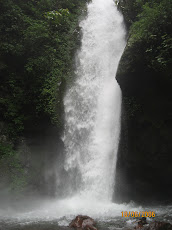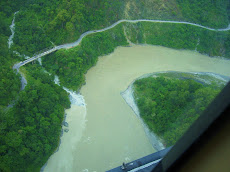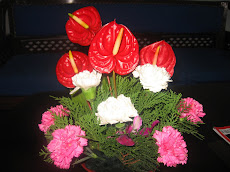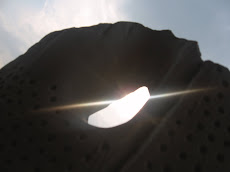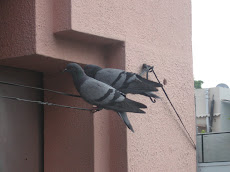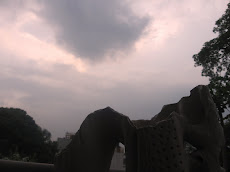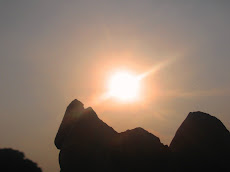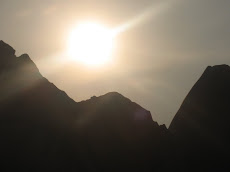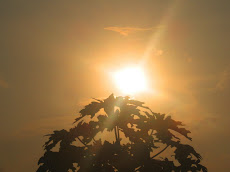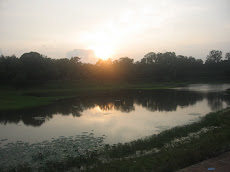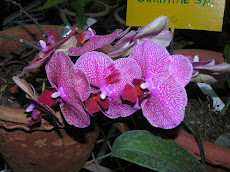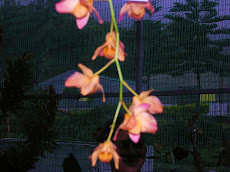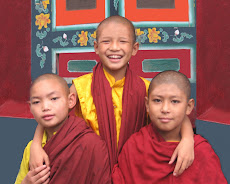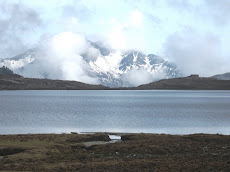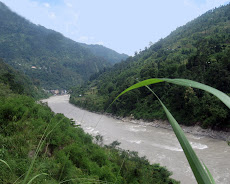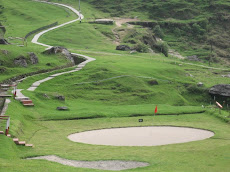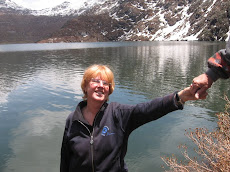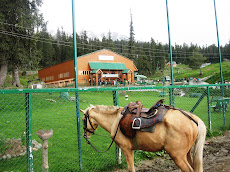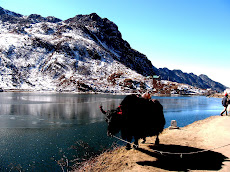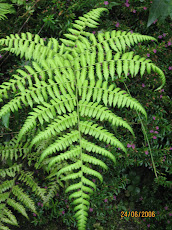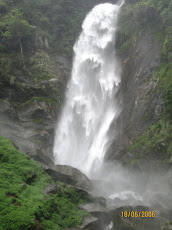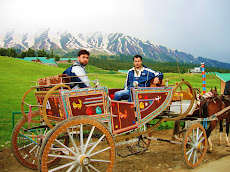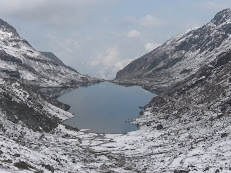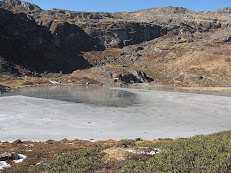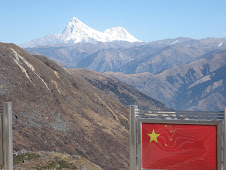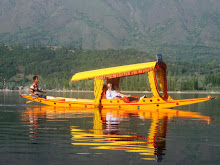Lisa experienced a reeling headache soon after having a sumptuous dinner. Past midnight, she was struggling with her notes. She had to take the last paper of Economics Honours, the following day. Being the only girl child in a family residing in Shiv Nagar area of Janakpuri, she was Papa’s darling. Mummy, nonetheless, also loved her on account of her undemanding nature and studious approach. On conclusion of her exams, she was promised a holiday in the Himalayan paradise of Sikkim. Hectic preparations had to be made for journey and accommodation. Though she had performed reasonably well in the last terminal test of International Trade & Banking at the Venkateshwara College, yet, she began showing signs of mild nervousness in the wee hours of the morning. A cup of hot tea restored her confidence.
Lisa could finish her last paper fairly well inspite of some questions being tricky and indirect. Her favourite dish greeted her when she came back home. In the evening, J.P.Sinha returned sooner than expected. The information culled out from the agents and internet, was shared with the family. His persistent efforts had resulted in confirmation of air tickets and accommodation in three out of four places. Due to the X’mas holidays, position was reported tight every where. He, therefore, advised his off-springs to be prepared to share rooms in case their requirement was not met.
Following dinner, packing began .While the male members packed necessary items, Lisa was seen assisting Mummy in putting biscuits and home-made cookies. Space was also created for her Teddy Bear. In view of her experience, Rita Sinha desired children to travel light and resort to ‘repeat’ formula like foreigners. Somehow, it did not have the expected impact. It was well past eleven pm, when packing session concluded.
As this was their first air journey, thanks to relaxation in LTC Rules concerning North East, a different kind of joy was visible. The drive to Delhi airport took an hour. Fortunately, queues were not long in the Terminal Building. While three of their suitcases were put in the baggage, each of them had to carry a hand bag. By the time they boarded Jetair flight 9W 602, everything appeared on time. A minor delay did occur due to delayed identification of a purse coupled with late reporting by one Minister.
Smartly dressed and energetic hostesses greeted the passengers. They spelt out basic flight related precautions. Upon offering glasses of lemon juice, announcement was made for an early lunch due to inclement weather ahead. Lisa, occupying a window seat seemed to enjoy every bit of her grub. Her mood was lifted further on being given an extra bowl of desert. While noticing exotic Mt.Everest and other Himalayan peaks, she would not refrain from eliciting comments from Papa and Vinod. Amod and Mummy, on the contrary, were seen relishing a nap, every now and then.
Their exciting maiden air journey came to end around 12 noon when the air craft began descending towards the Bagdogra airport. On landing luggage collection was a short affair. While same was being performed, Lisa and Vinod picked up brochures from a smiling attendant of Sikkim Tourism. While prepaid taxis for Gangtok were available, none of them was keen to undertake a 135 kms journey to Pelling in West Sikkim. A timely mediation by a nice soul persuaded one driver to take the Sinhas up to Jorethang (40 km short of Pelling).A deal was struck in view of his promise to arrange a connecting taxi for Pelling.
First fifteen kilometers nowhere gave the impression that a hill station was close by. It was the usual congestion and occasional violation of traffic rules by pedestrians and the cattle alike. Very soon, however, they came across a patch of soothing green forest. Tashi Tamang, the driver informed that the highway would lead to Kalimpong, apart from Sikkim and that from the gigantic Coronation Bridge, a diversion would go to Assam and Phunsoling in Bhutan .
A further drive of ten kms, brought them in the lap of the green mountains. The mighty Teesta river was seen making a defiant statement. Observing the beautiful sight of the clean meandering river, the expected temptation to shoot could not be resisted. While Vinod grabbed the camera from Mrs. Sinha’s purse, Lisa demanded that she be allowed to try her hand first. Sensing some scuffle, J.P.Sinha himself took beautiful shots of the fast flowing river. Thereafter, to please Lisa, camera was passed on to her. She, on her part, took memorable snaps of baby monkeys grabbing bananas and bread pieces being thrown by the passersby. This scenario could be noted for another half an hour.
At Kalijhora village, little bit of drizzle was experienced. Time was ripe for a tea break. The taste of noodles and momos at a joint was simply awesome. While munching Kurkure chips, Tashi narrated tales concerning tourists. To him, the foreigners would refrain from spending. The fellow Indians, especially from the North, however, will have no inhibition on this count. They, in addition, were also liberal in giving tips.
Onward journey up to Teesta Bazar was full of fun. Greenish blue colour of river water was a treat to watch. Lisa noted that a road was branching off to Darjeeling. Distance reported was barely thirty kms. Since she had heard positive stories regarding this beautiful hill resort, she lost no time in requesting Papa to take a detour via Darjeeling. “Same was not possible for want of the requisite permit”, informed Tashi. ”May be next time”, Daddy intervened to say.
The next four kilometres provided a scenic view of the Teesta river and its confluence with Rangeet. Plenty of shots were, therefore, taken. At the Melli check-post, an impressive multi-coloured gate welcomed visitors to South Sikkim. All heaved a sigh of relief on knowing that Jorethang was barely twenty six kms away. Though the Rangeet river on the left was no less attractive as compared to the Teesta , by this time fatigue was apparent on every one’s face. Lisa, therefore, bent to sleep in Mummy’s lap. Amod followed the suit on the front seat. Vinod, on the other hand, gave company to Papa in discussing the places of interest in West and South Sikkim.
Arrival at Jorethang coincided with sun-set. The flat town looked planned and clean. In one earmarked corner, dozens of stalls were selling vegetables and fruits. Unusually broad streets were well-lit. The family settled for a quick toilet and tea break. Local leaf tea-Temi tasted great. While Lisa enjoyed home made snacks and tea in the company of a few Sikkimese girls, Amode and Vinod, thanks to their flamboyance, got attracted to the sparkling cable stayed bridge over the Rangeet. While returning, they saw attractive paintings depicting the ethnic communities of Sikkim.
In the meanwhile, Tashi came with a pleasant surprise. A friend of his, visiting Legship, had agreed to lift the family, provided they could squeeze into four seats of his Bolero. With a view to save time, this offer was promptly responded to. More than any one else, it was Lisa who aspired to reach Pelling fast.
The halt at Hotel Trishna at Legship gave much needed rest to the Sinhas. Though the place was small, they were fortunate to get tasty food with insignificant hole in their pocket. Before departing for Pelling on day two, a visit to the Kirateshwar Mahadev temple proved refreshing. Amod, Vinod and Lisa were thrilled to have a feel of a foot suspension bridge. They could not believe that a bridge could shake also. On the other bank of Rangeet, it was amazing to see one hundred and eight Shiv Lings in a hall next to the main temple. A hassle free darshan on a bright sunny day lifted everyone’s spirits.
Steep climb from Legship enabled them to have a bird’s eye view of Ravangla,Kewzing and Mangalbarey. Some portions of narrow 25 kilometre long road did prove troublesome. Yet the rich forest cover and cluster of clean houses made up the loss.
The family checked into the Hotel Phamrong at Pelling. It was beyond one’s imagination to see over fifty hotels in an otherwise small place situated at an altitude of 6100 feet. Probably it was due to the breathtaking view of Mt. Kanchenjunga and adjoining peaks(most of them above 20,000 feet). In addition, Pelling was also the gateway to many lakes, waterfalls and monasteries, apart from facilitating the mountaineers to the base camp of Mt.Kanchenjunga at Yuksom.
The pre-lunch visit to Pemayangtse Monastery was rewarding. The 17th Century monastery of the Nyingmapa sect had a commanding view. It was learnt that this second oldest monastery of Sikkim had been entrusted with the task to perform all the religious functions of the erstwhile monarch. Upon admiring the statues of Lord Buddha, Guru Padmasambhava, and Goddess Tara, it was a treat to watch other precious images, mural paintings and a marvelous wooden structure on the top floor. Latter depicted the Maha Guru’s Heavenly Palace(Zang-dok-Palri)
Since the Rabdentse Ruins was at a walking distance, Sinhas decided to have a glance even when it meant postponement of lunch. The second capital of the erstwhile Chogyal had been carefully restored by the A.S.I. Beautiful view of the Mt.Kanchenjunga, Mt.Kabru and Mt.Pandim was to leave a lasting impression, besides providing an excellent photo opportunity.
Prior to the onset of dusk, Amod and Vinod accompanied an energetic Bhutia lad to Sanga-Choling Monastery built in 1697. Lisa, on the contrary, took her mother to the Pelling School to mingle freely with the hill children. Not only she could see smart and healthy students play football, they did rehearse for a play to be staged after a week. The senior most Sinha, in the meanwhile, got immense satisfaction in taking a nap in the hotel room. Every one, thus discovered his/her own way to relax and recharge.
To measure her cardio-vascular strength, Lisa resorted to brisk walk in the Pelling Bazar. Seeing twinkling stars clearly after a long time and being bestowed with an opportunity to breath in pollution free air, she was in high spirits. She was waiting also desperately to get an early morning mesmerizing view of the Mt.Kanchenjunga. She prayed that clouds should not hinder the view.
It was bone chilling cold at 4.00 a.m. when the wake up call was given. Amod and Vinod, otherwise sleeping to glory were promptly woken up. The guardian deity of Sikkim was at its best when first few rays of Sun fell over it. Slowly the charm of the five soaring summits got further enhanced. The pinkish glow became dazzling white in the backdrop of a radiant blue sky in about twenty minutes. The unique scenario captured meticulously on camera, brought incalculable freshness to their mind. The experience was to be felt from within. It was rather difficult to narrate. It, nevertheless, prompted Lisa to acquire a handycam soon.
The third day at Sikkim began after a hearty breakfast. The rare early morning view of the snow clad mountains dominated the discussions in the dining hall. Before fixing a cab for sight seeing, the clear view of Dentam, and Hee-Bermiok was captured into the camera. On way to Darap, large cardamom plantations were visible all over. The Darap waterfalls, however, failed to impress at this time of the year. The family interacted with a bunch of tiny tots close to a hamlet. Their pink cheeks and overall innocence could attract anybody. Soon thereafter, they briefly visited the Rimbi mini hydel project and the upcoming Sewaro Rock Garden.
After a leisurely drive of half an hour it was simply amazing to see a huge waterbody-the Khecheopalri Lake. Remaining hidden under a rich forest cover, the lake was sacred both to the Buddhists and the Hindus. The birds, not the human beings ensured cleanliness of the lake. According to a Lama, they donot permit even a single leaf to float on the lake surface. While Mr.and Mrs. Sinha attempted meditation to feel the overall solitude, Lisa and her brothers found immense pleasure in rotating the wooden prayer wheels. A few foreign tourists gave them company in taking a round of the crystal clear lake. It was nice to interact with the group, primarily interested in trekking to the Dzongri area.
From Khecheopalri it was a smooth drive down to the Kanchenjunga twin waterfalls. Situated very close to state highway leading to Yuksom, its breathtaking beauty and overall grandeur highly impressed the Sinhas. Even though its water was ice cold, Amod, Vinod and Lisa derived pleasure in receiving its showers. While the child in them was thoroughly engrossed in enjoying, their camera was saved from being swept away by a vigilant guide. He was suitably tipped.
An impromptchu cold water bath proved a good wake up call for lunch. Due to a minor landslide, however, they survived on chips and popcorns for a while. A valiant search for even Maggie noodles did not bear any fruit. The nearest eating joint was five kilometers ahead of the slide point. Subsequent to a wait of little over an hour, the road was through again but speed became a casualty on account of piling up of the vehicles on both the sides. J.P.Sinha advised his children to take it in their stride and while feeling so they should appreciate the constraints faced by the villagers of the area, more so, during the Monsoon.
A late buffet lunch at Dzongrilla Hotel at Yuksom restored moments of happiness. In the post lunch period, visits were undertaken to the Consecration Point of the first Chogyal at Norbugang Chorten and two adjoining lakes. As a steep trek to Dubdi, the oldest monastery of Sikkim, was out of question, the Sinhas focus sed their attention on the Phamrong Waterfalls. What a magnificent scenario it was! It turned out to be higher than the Kanchenjunga falls. A newly built footpath enabled Lisa and her siblings to get a close look. The parents settled for enjoying the beauty from the roadside. Perhaps, they were worn out.
The eventful third day concluded with a visit to the Tashiding Monastery located on the top of a heart shaped hill. Though the Sinhas had to resort to a gentle trek, it was worth it. After seeing the sancto sanctorum, Lisa listened to a Lama with rapt attention. He explained that the monastery was privileged to be blessed by Guru Padmasambhava in the 8th century A.D. He also gave vivid descriptions of the Bhumchu(Holy water ceremony) organized at the monastery on the 14th and 15th day of the first Lunar month. Later the family was privileged to see ‘Thong-Wa-Rang-Dol’, the most holy Chorten(Stupa) of Sikkim. Amod gathered the information that the mere act of beholding it was supposed to wash away all the sins of the devotees. Thinking about these myths and beliefs of the mountain state, Lisa hit the pillow in the four seated room of the newly constructed Yatri Niwas at Tashiding. Though the day was hectic, the family had the satisfaction to being exposed to a good package of nature, culture and adventure.
With only one clear day at their hand, Sinhas had to rework their itinerary. There was so much to see but owing to time constraints some spots had to be left for the next visit. The penultimate day began with a gentle drive to the Rangeet Dam. The family had a thrilling boating experience. Next engagement was an interesting exposure to a village tourism site at Kewzing. Clear view of Mount Narsingh came as a bonus.
The uphill drive to Ravangla and therafter to Temi, provided them an opportunity to see the only tea estate of Sikkim. The garden spread out on a gentle hill-slope originating from the Tendong Hill facilitated a magnificent view of Mount Kanchenjunga on one extreme and the villages of East Sikkim on the other. The experience of lunch at a viewpoint in the middle of the garden proved very exhilarating. Afterall, Lisa was used to seeing the tea gardens only in the Bollywood films.
By 3 p.m. the Sinhas managed to reach Samdruptse or the ‘wish fulfilling hill’ to have a darshan of 135 feet high statue of Guru Padmasambhava The towering structure situated at a height of 6200 feet enabled them to have a panoramic view of Namchi and Darjeeling hills. It looked very awesome and spell-binding in the soothing afternoon sun. Apart from the chanting of hymns by the Lamas, the practice of offering scarves impressed everyone. While Lisa prayed for her MBA admission, Amod and Vinod desired to get promising job placements. Their parents meditated in the serene surroundings for the overall well being of the family.
The New Delhi based family had a well deserved rest at dusk in the Hotel Nayuma at Namchi. As compared to Pelling and Tashiding, it was less cold. Post-dinner, they took a stroll in the adjacent market. Even though majority of the shops had pulled down their shutters, a few curio items could be purchased as souvenir.
Sharp at eight a.m., the following day, imminent departure for Bagdogra took place. Four days meaningfully spent in the splendid setting of Sikkim were going to be in the memory of the Sinhas for a long time. Rejuvenated and refreshed by the unsurpassed beauty of Sikkim, Lisa felt more motivated and determined. Fastening the seat-belt in the aircraft, she vowed to build her career with renewed vigour and vitality.

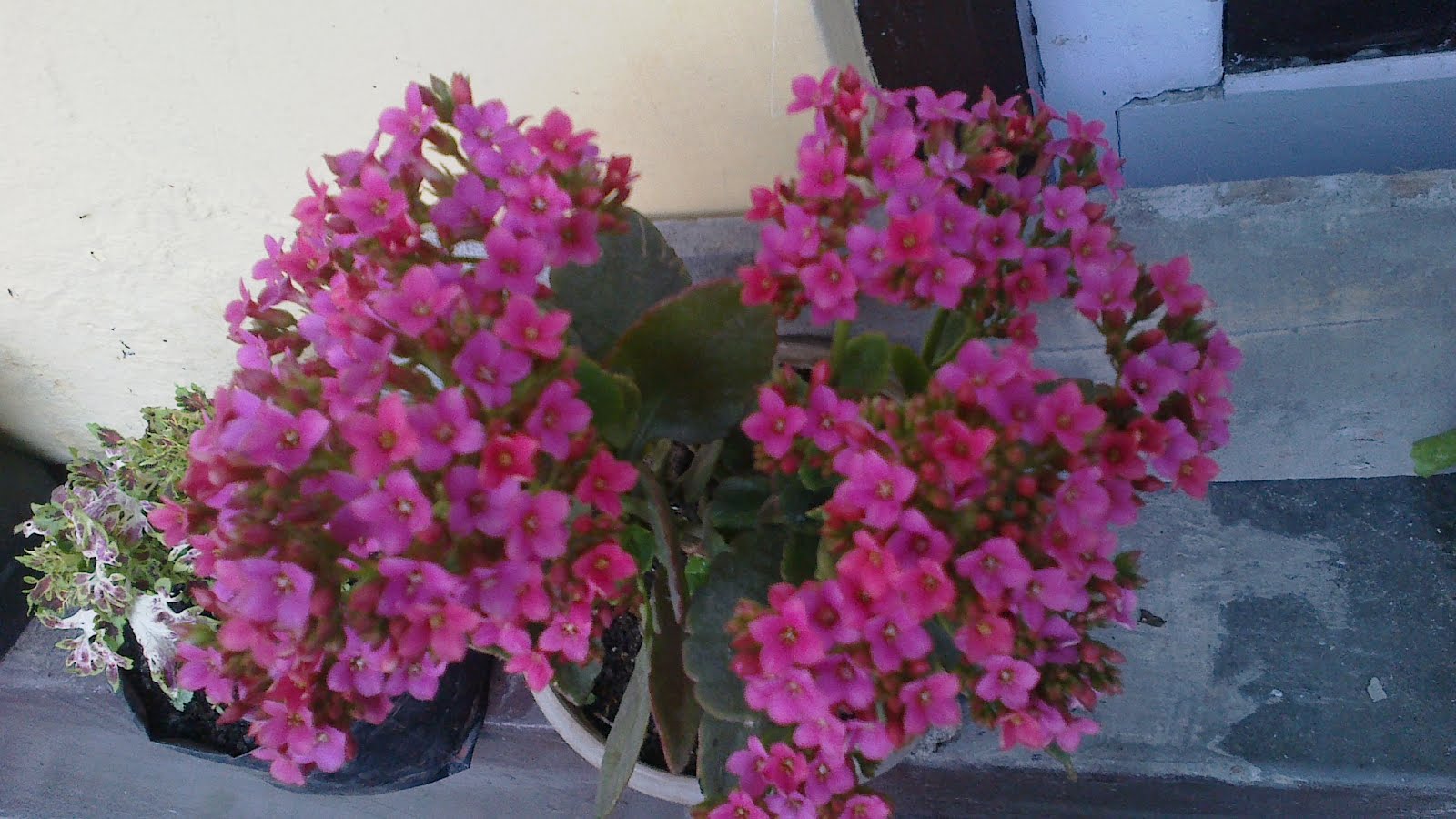



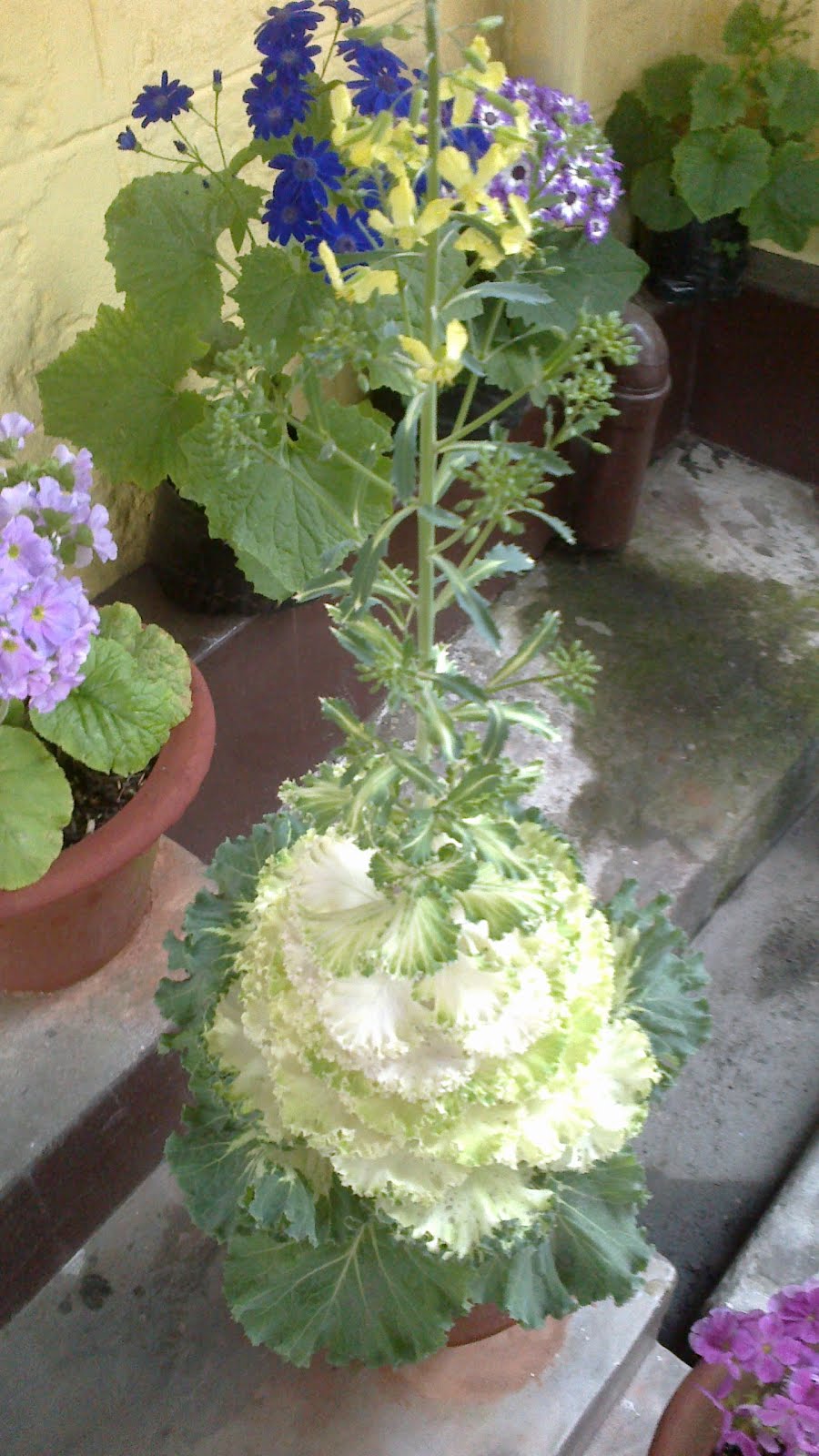
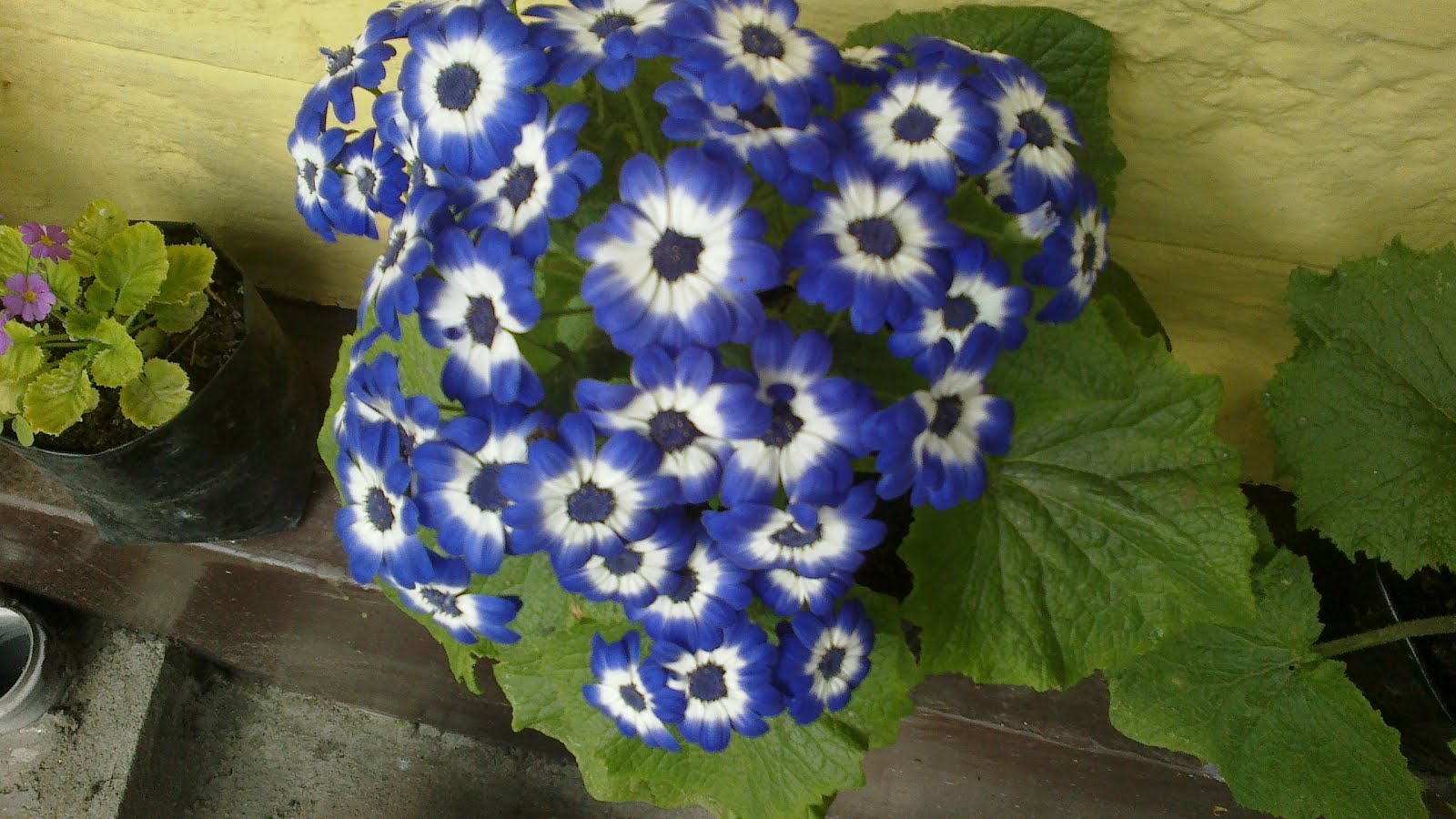
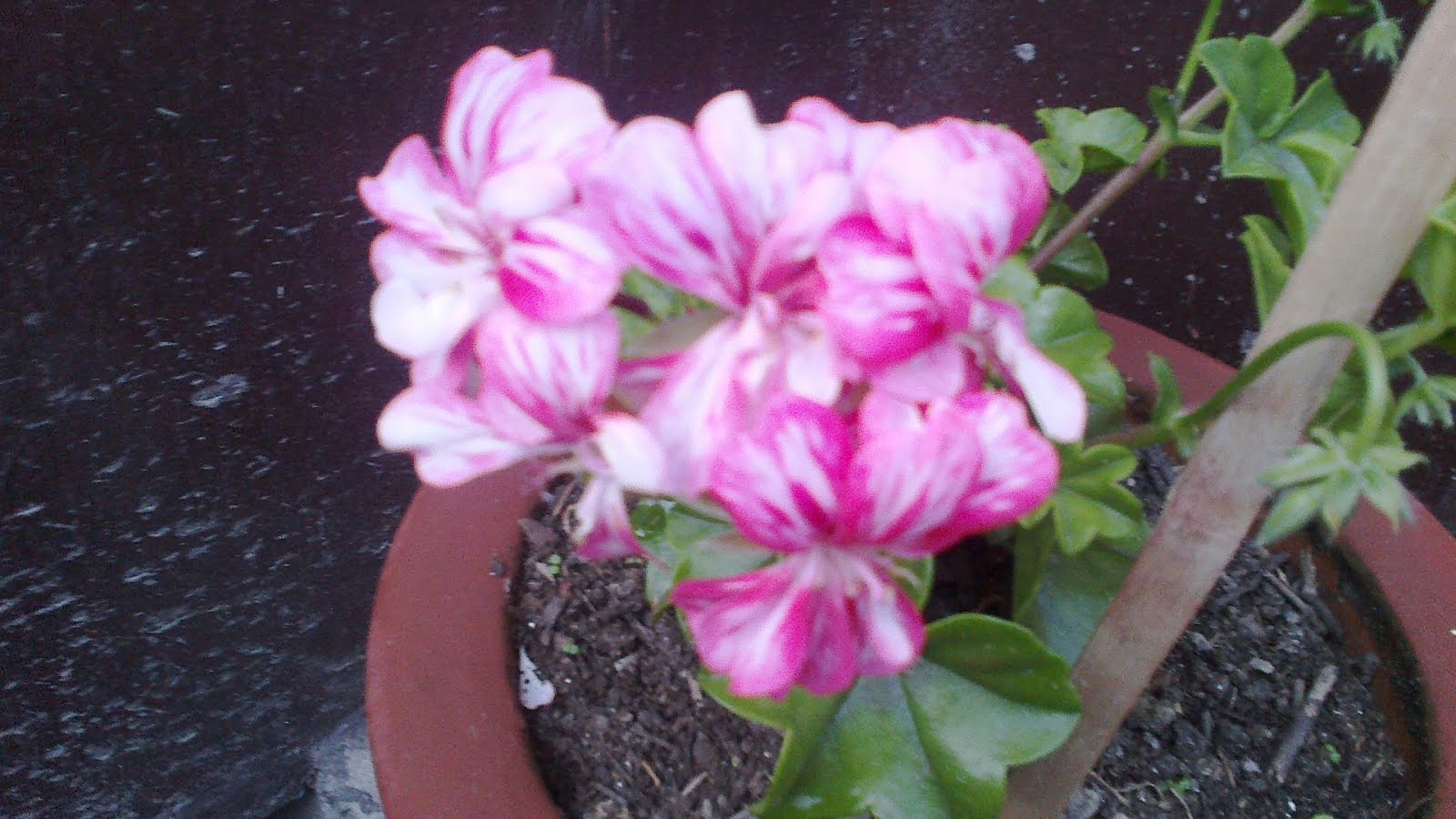
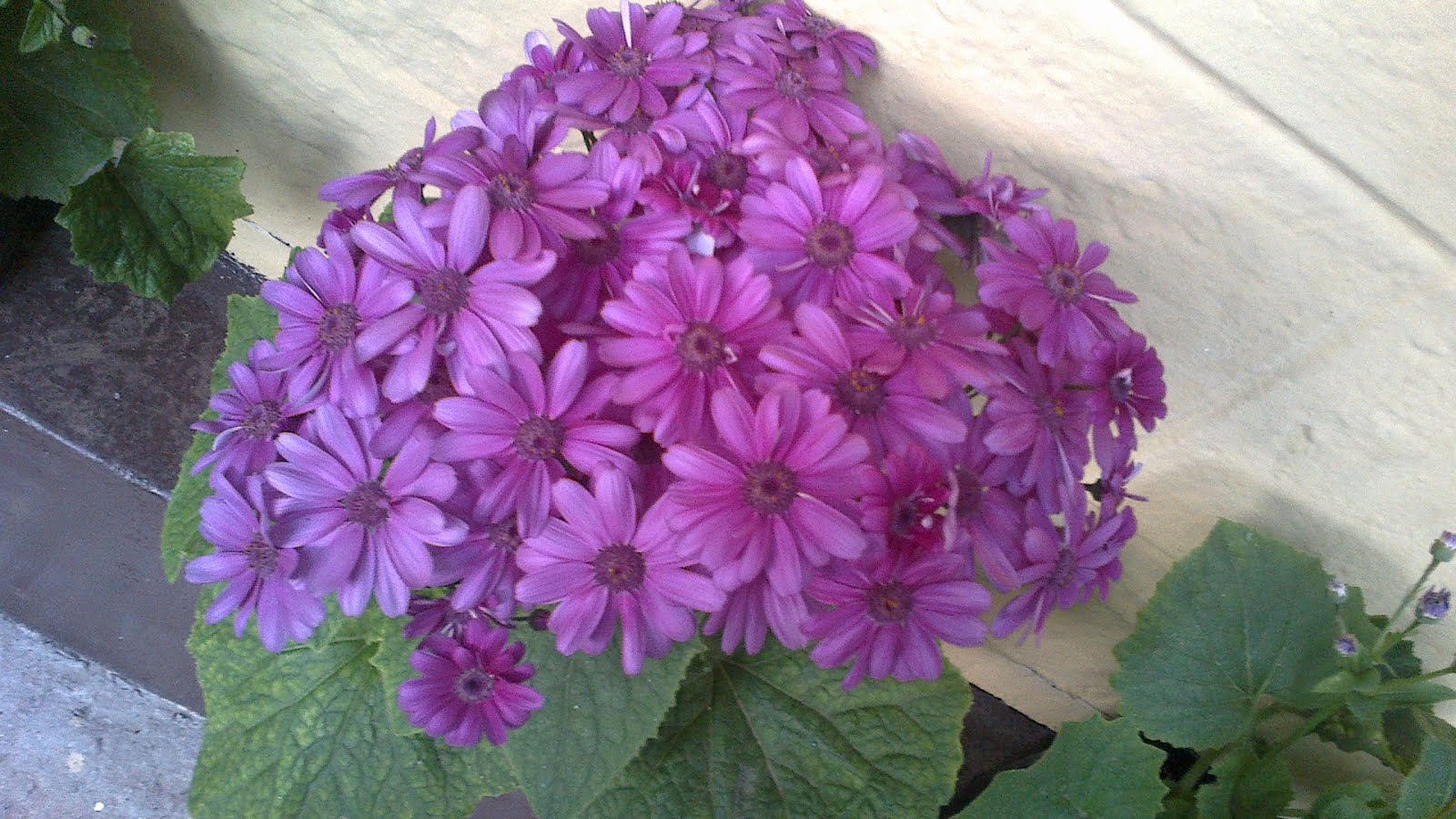
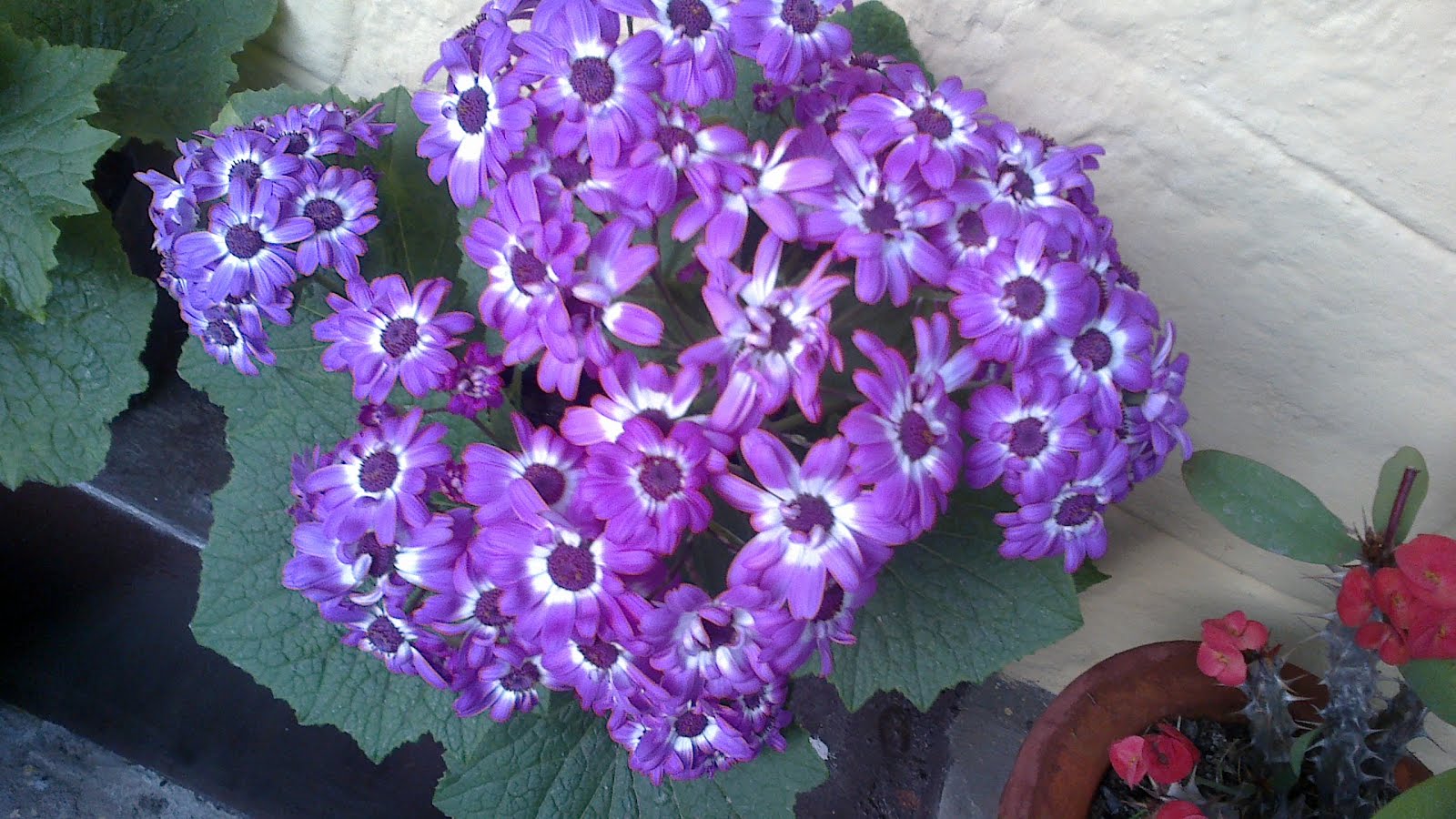






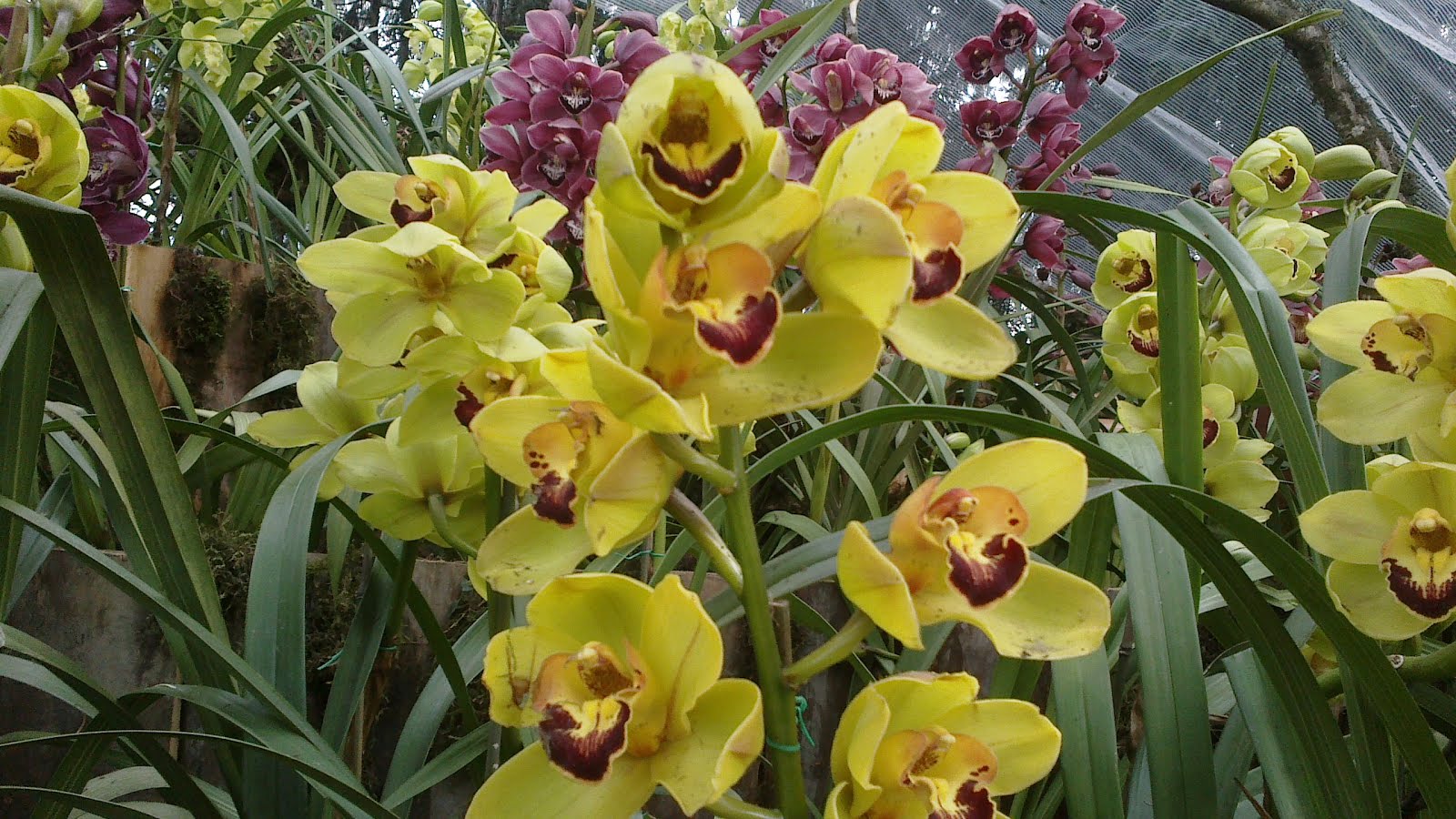

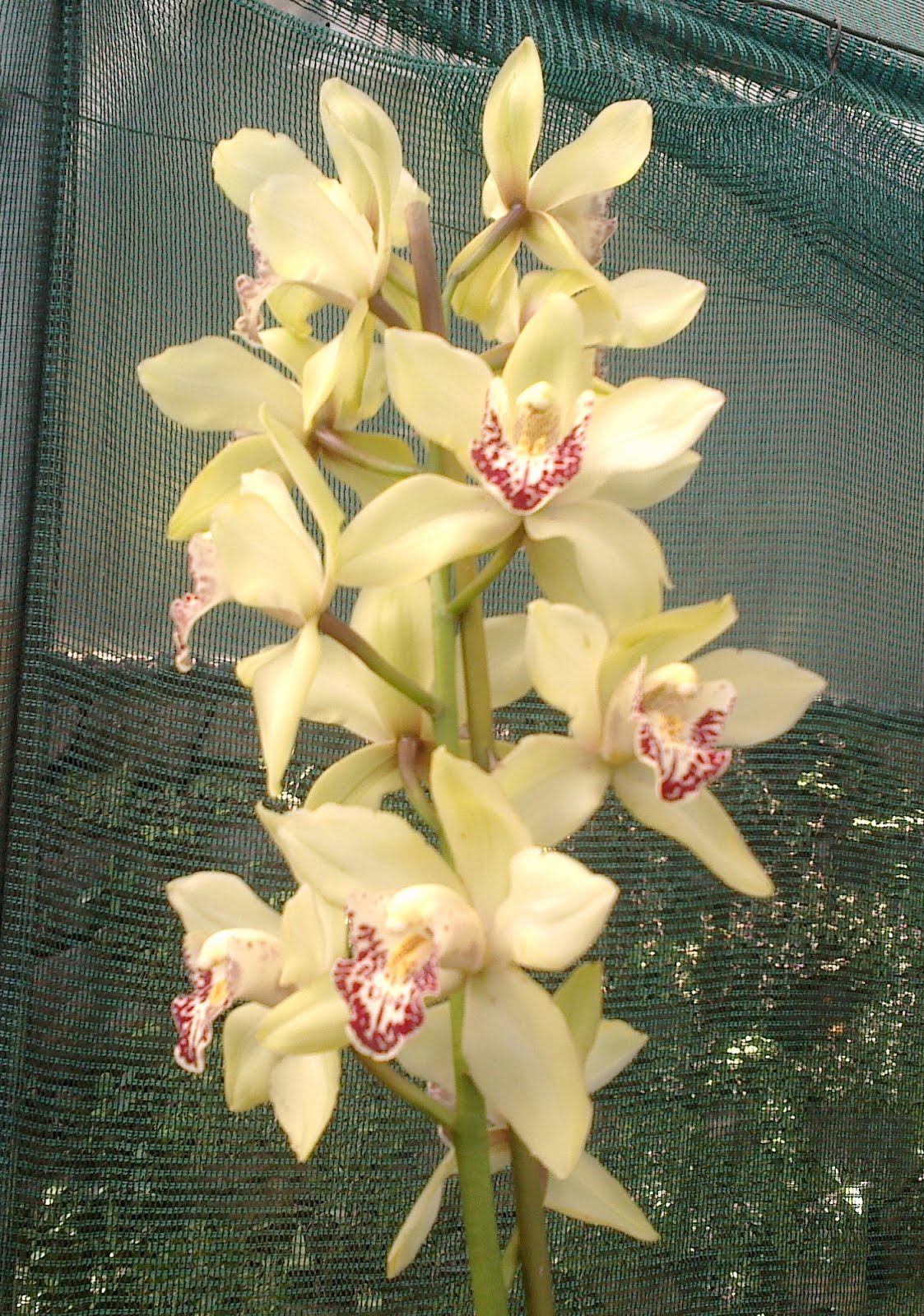
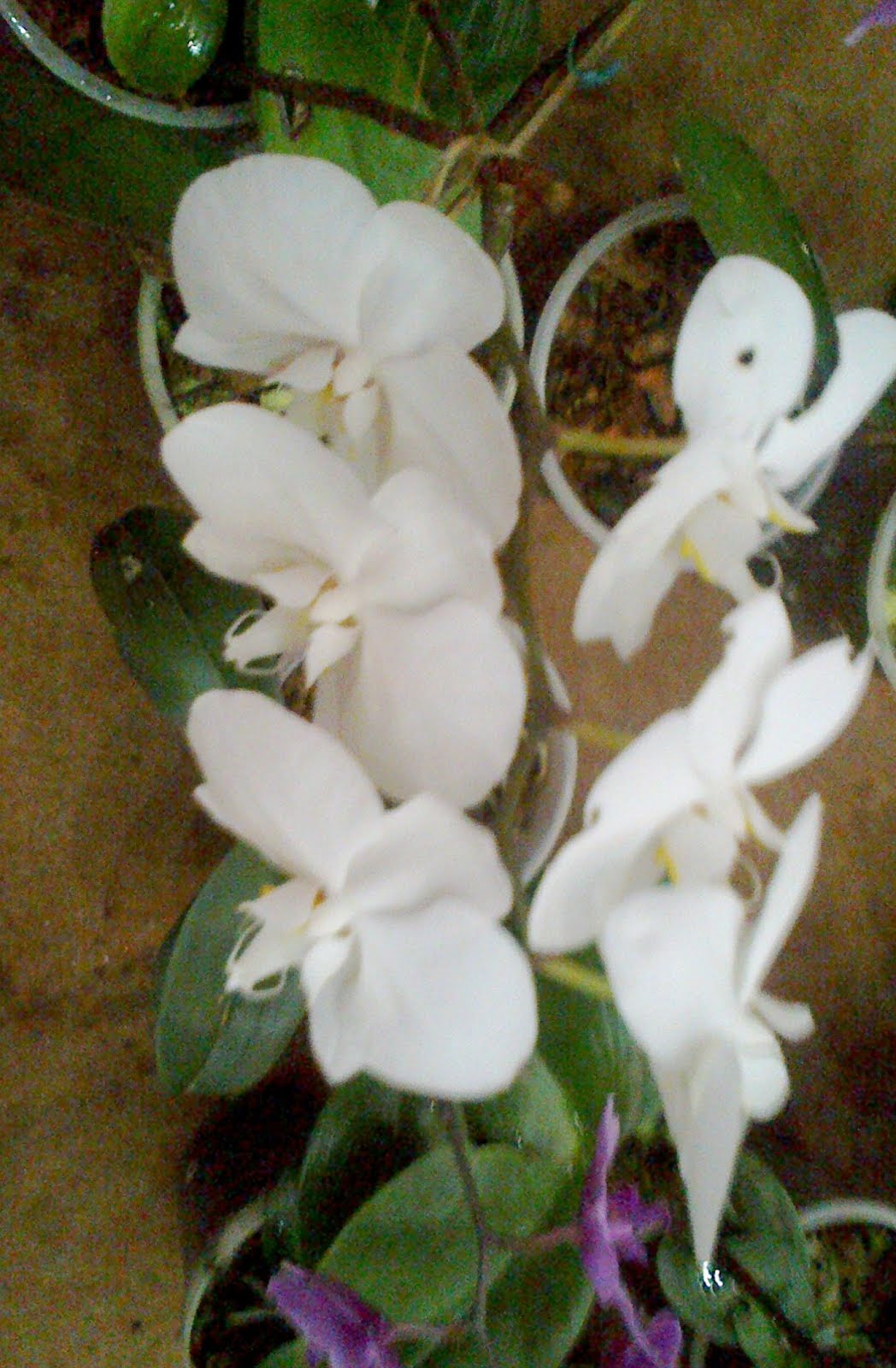


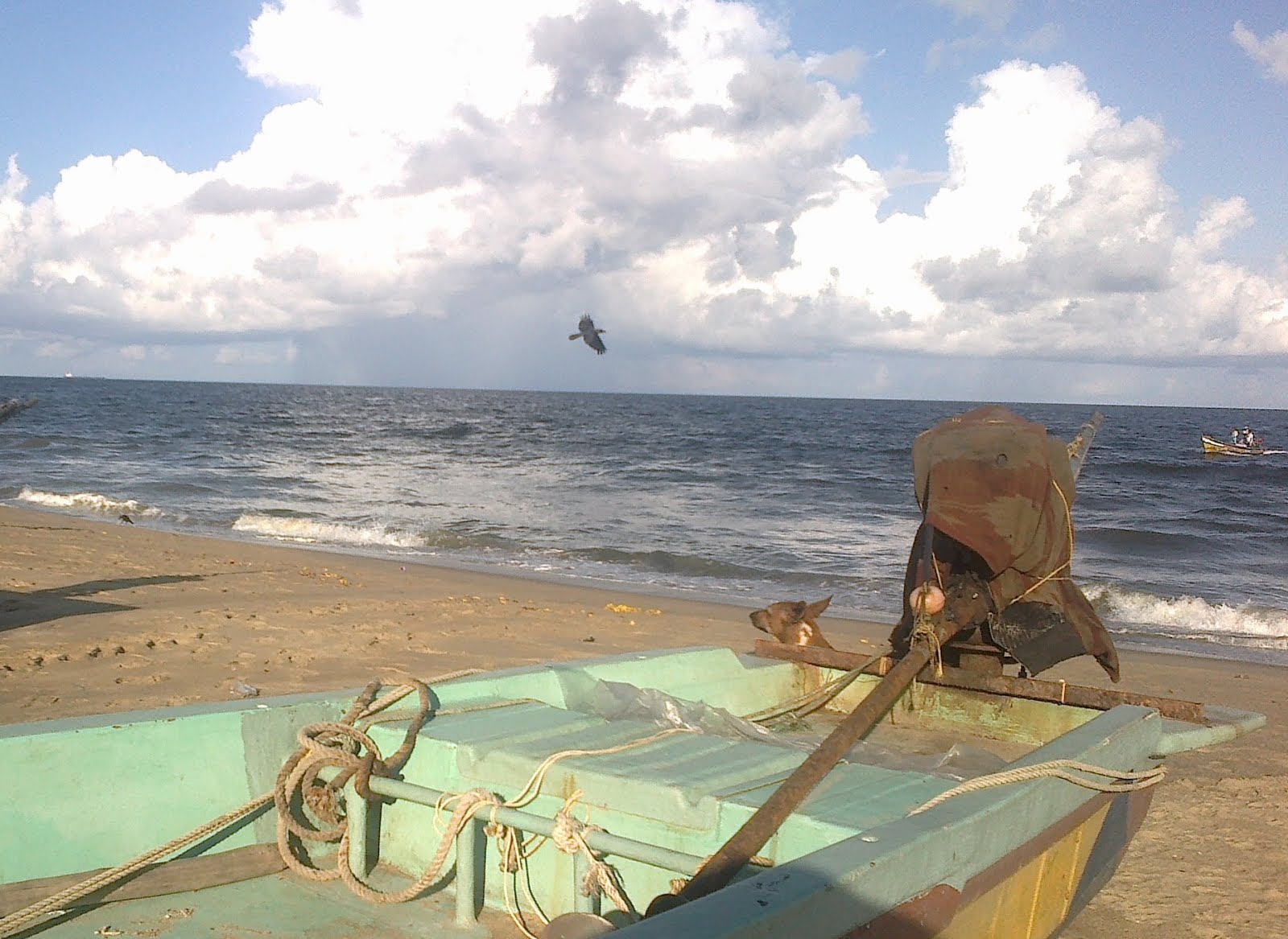


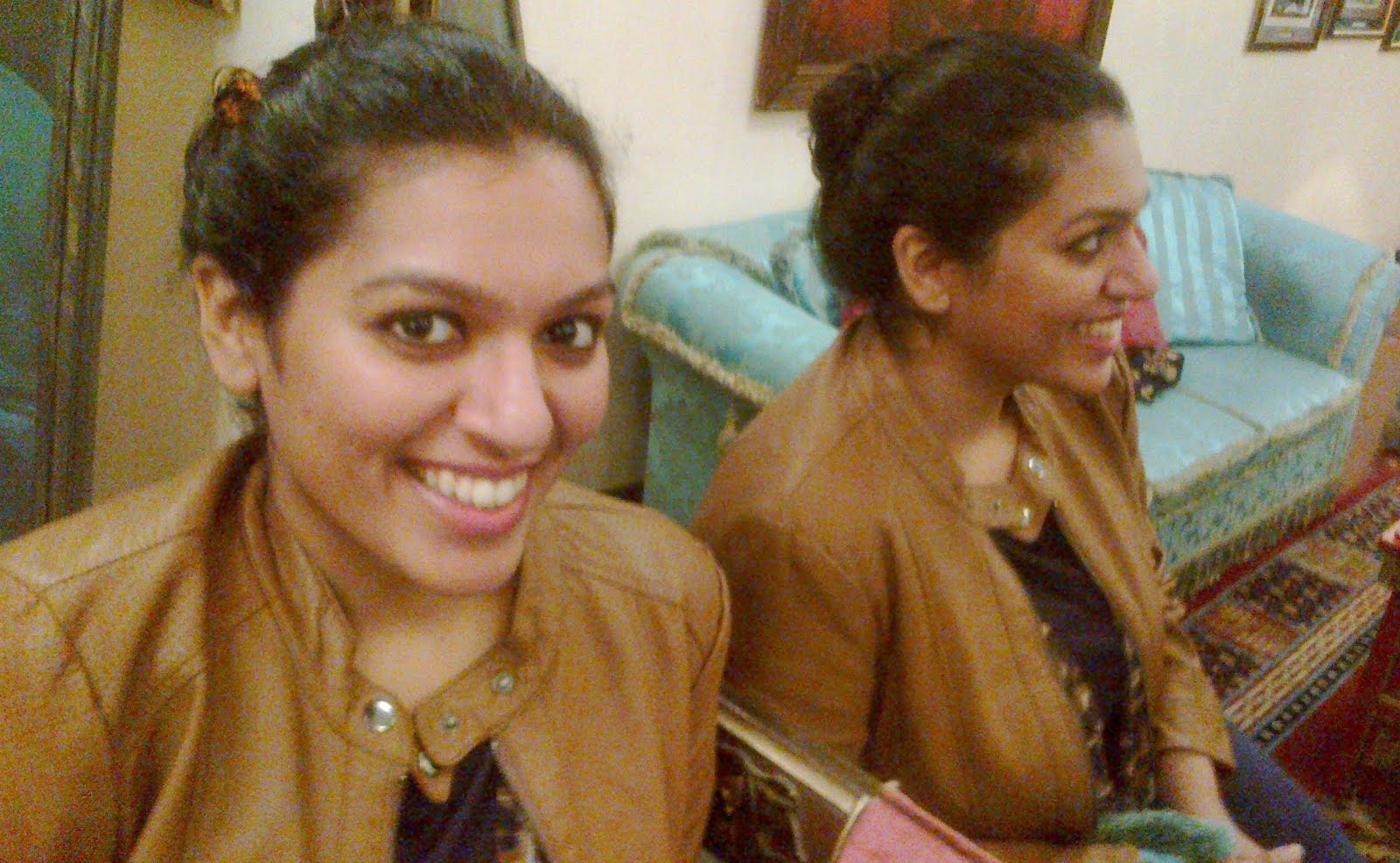

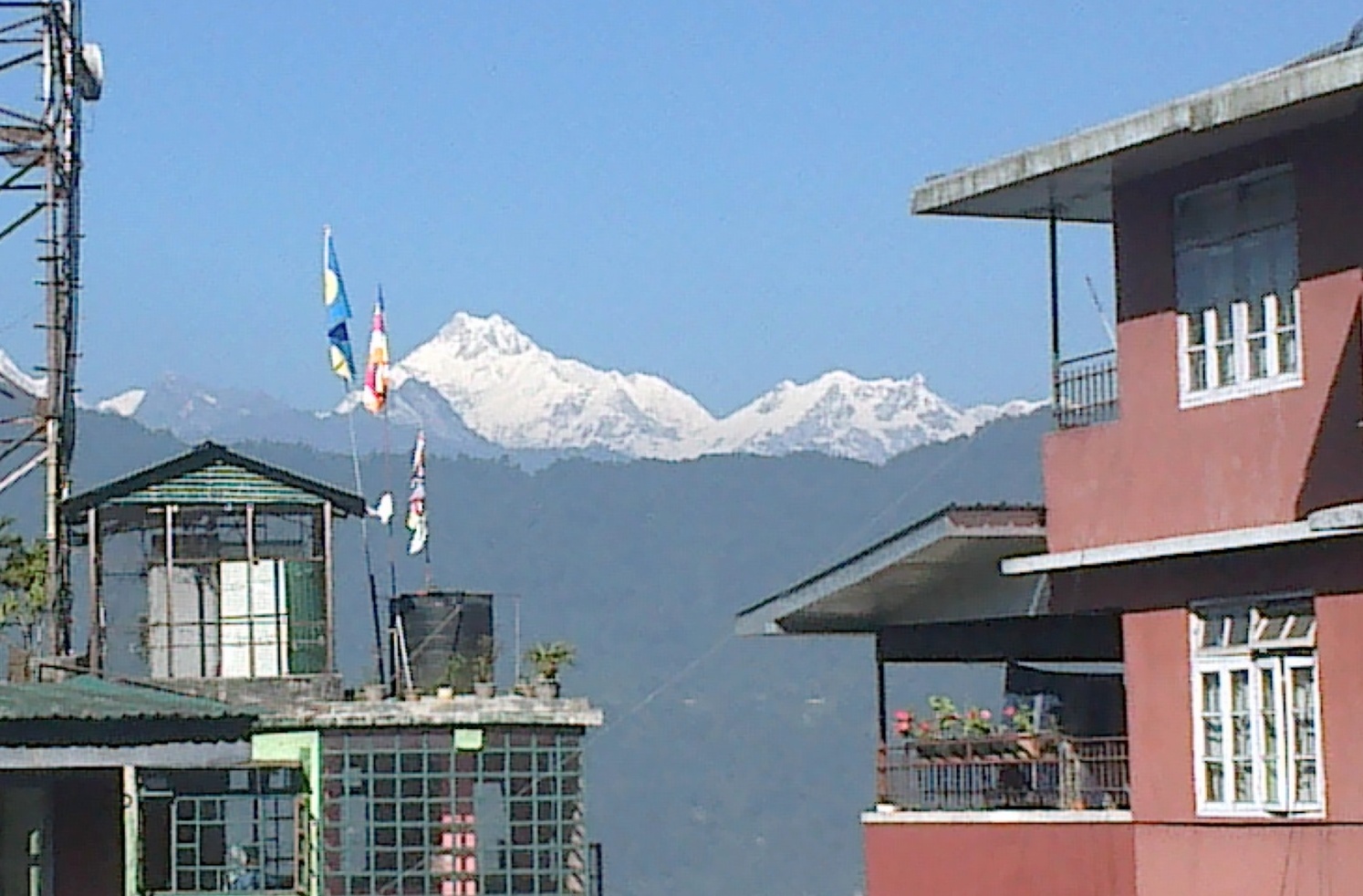



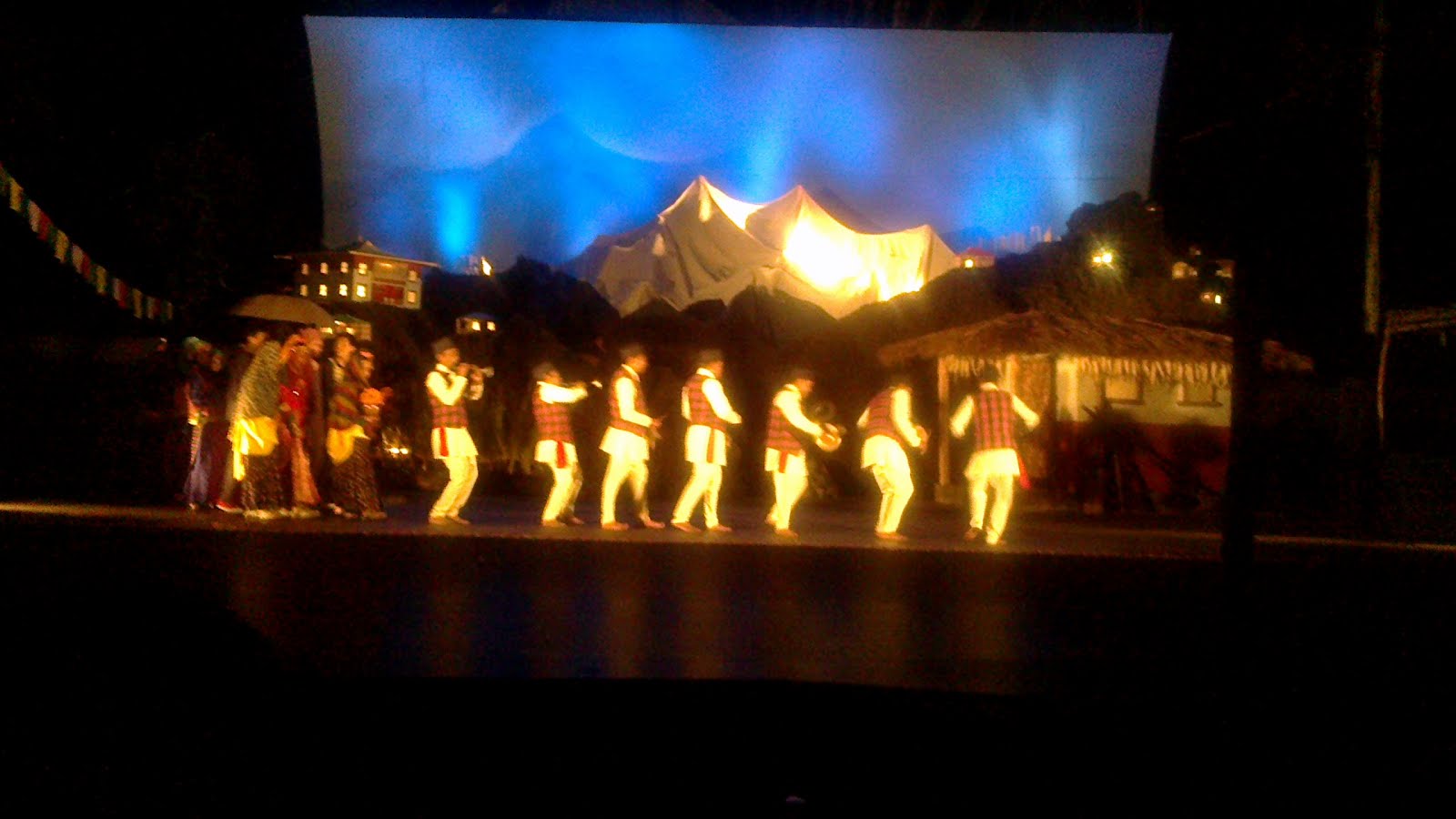

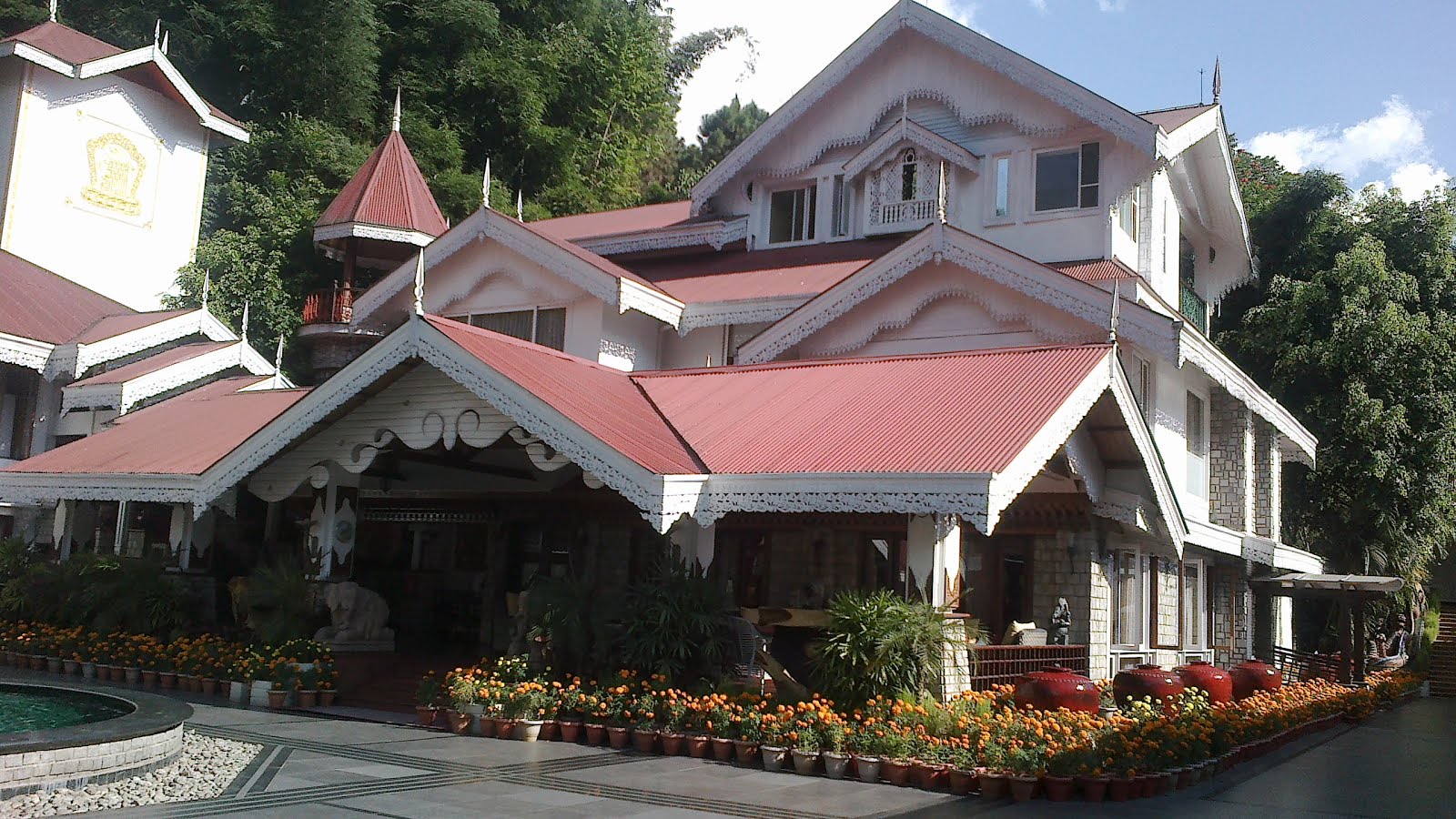
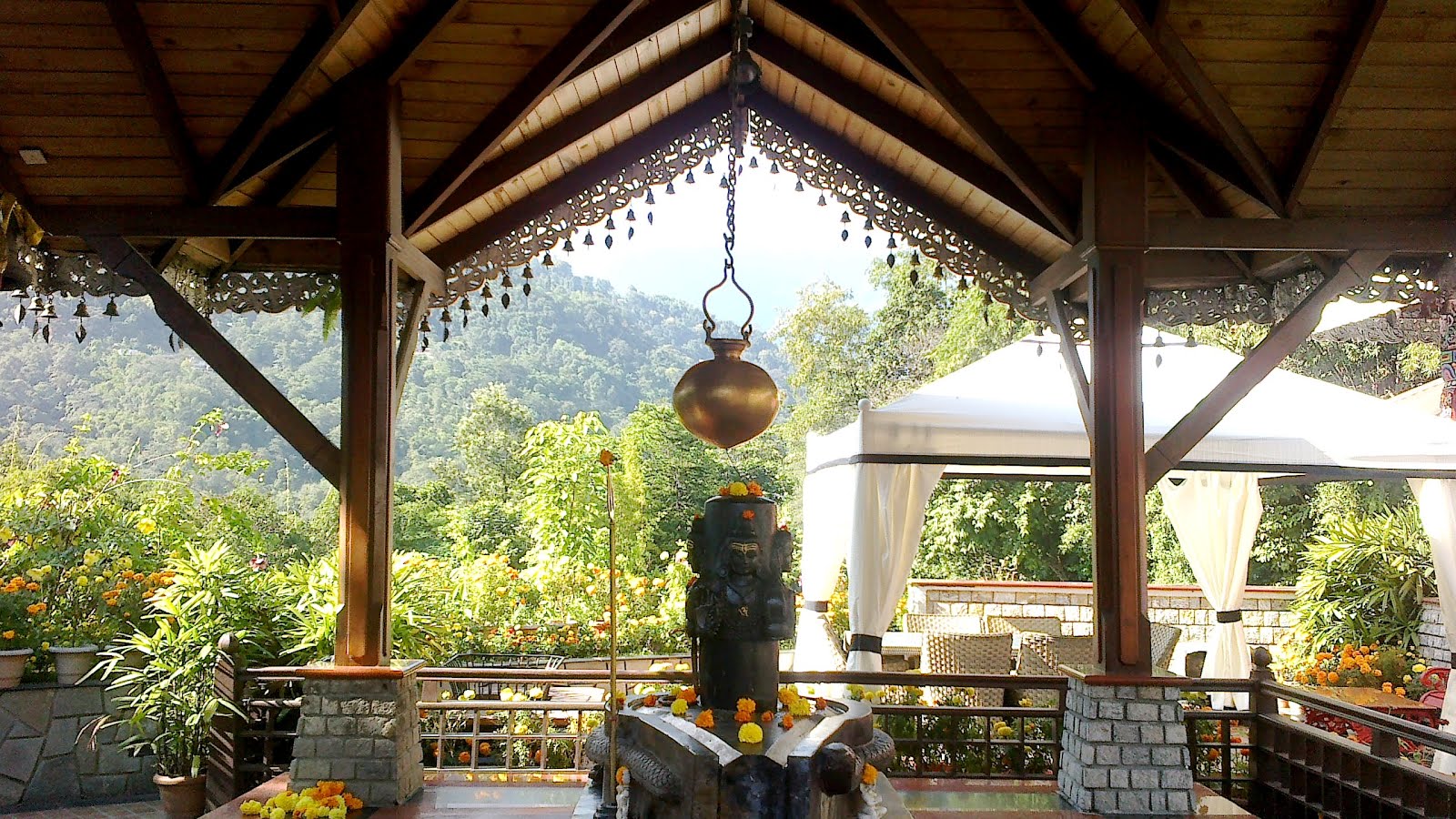
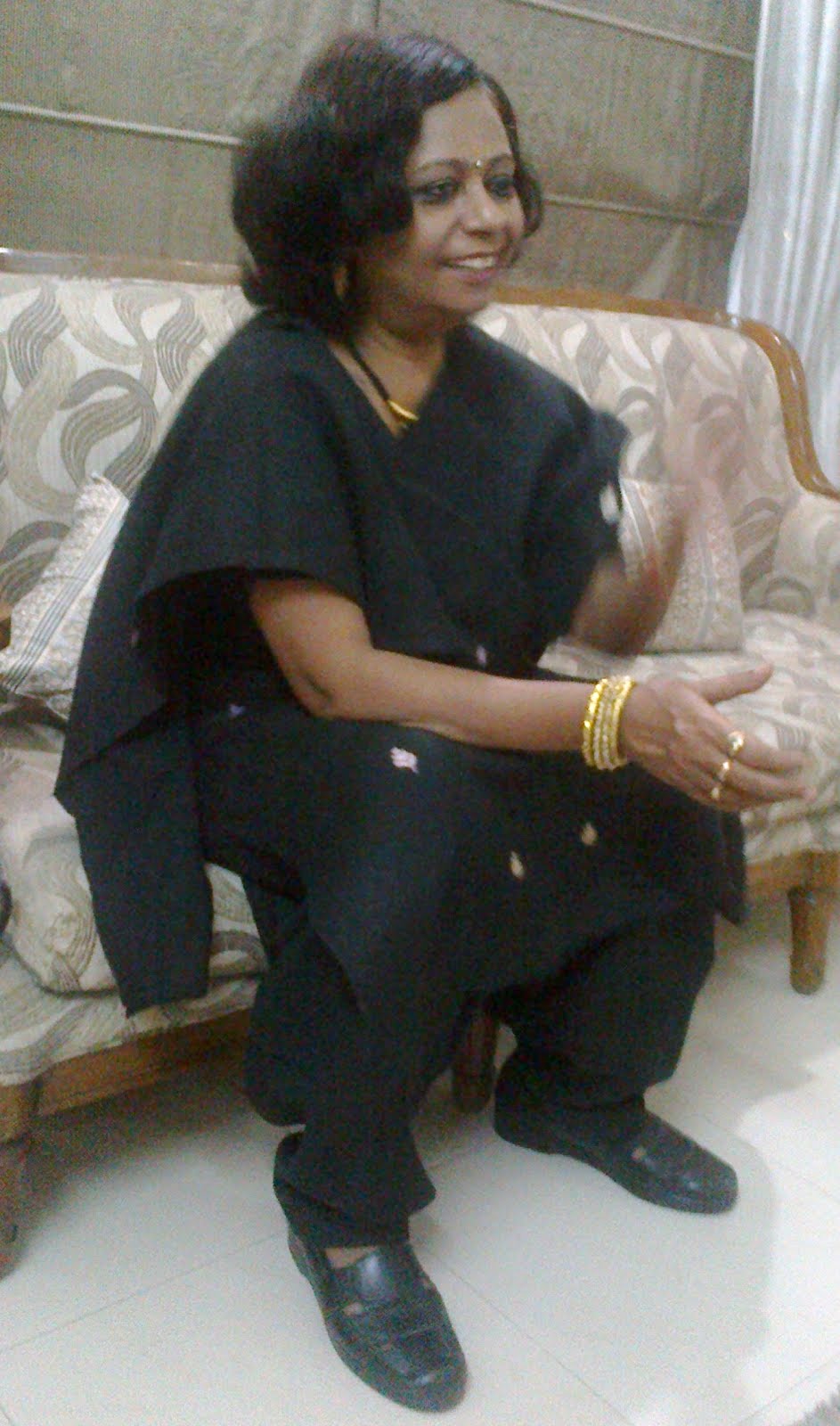


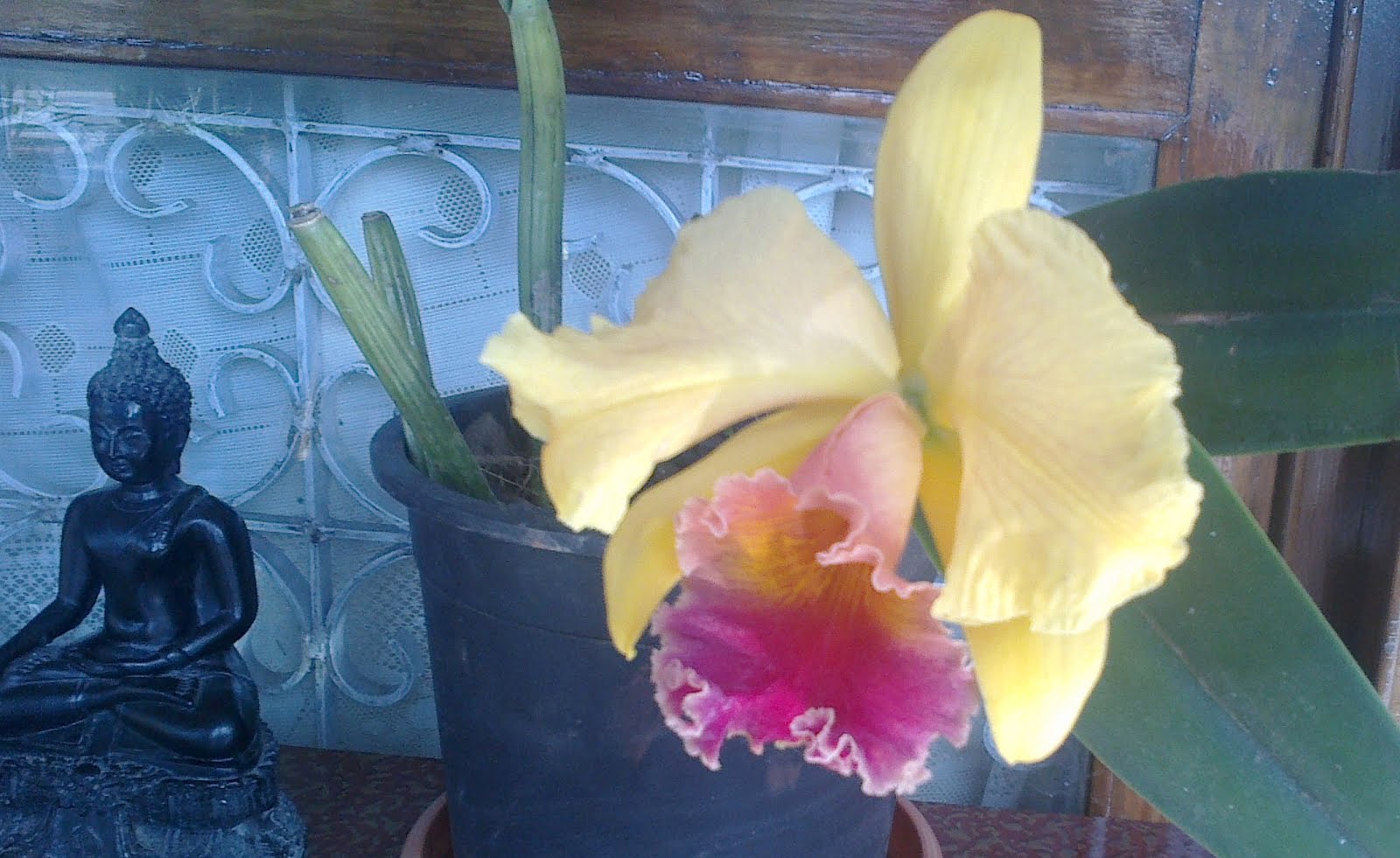


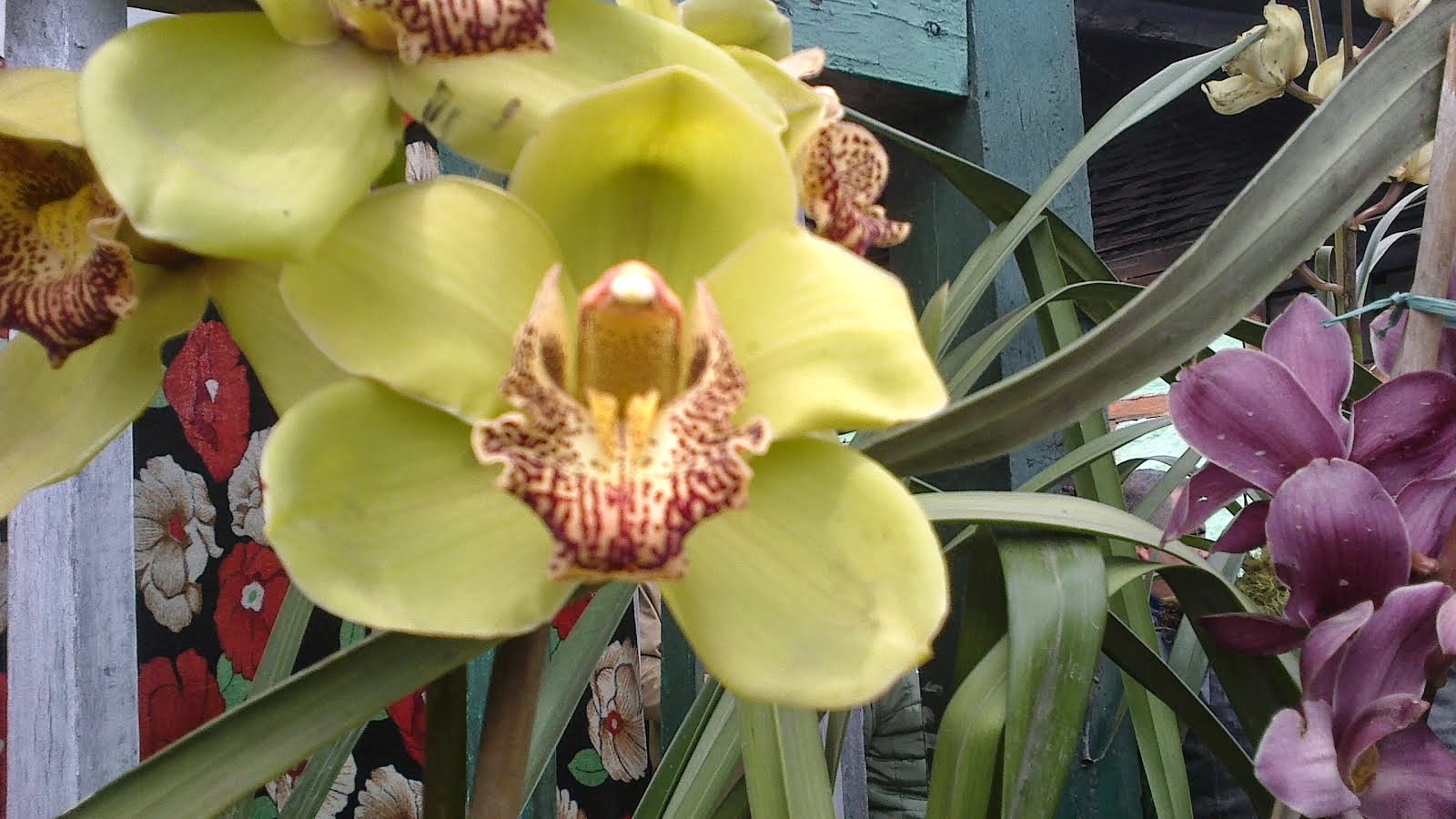
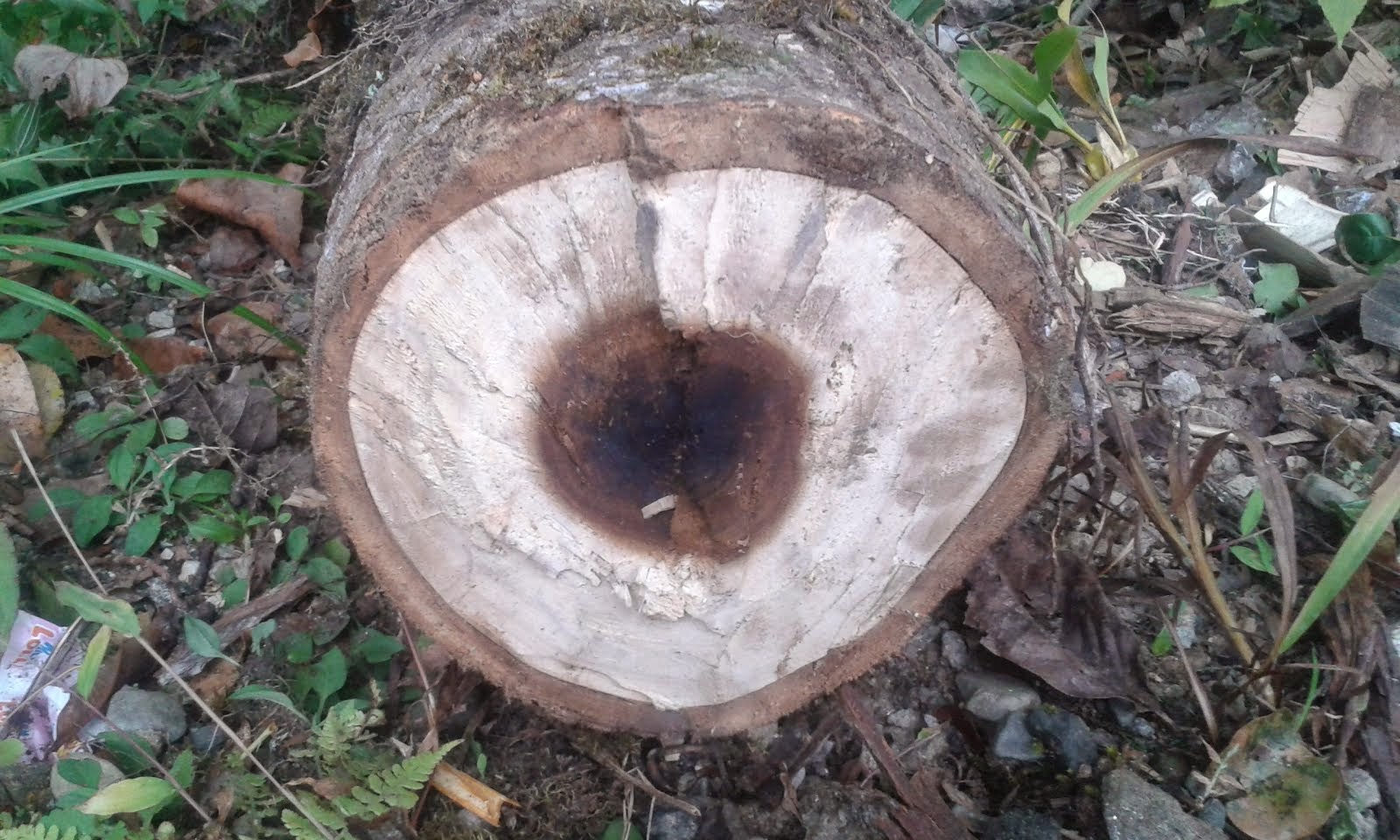
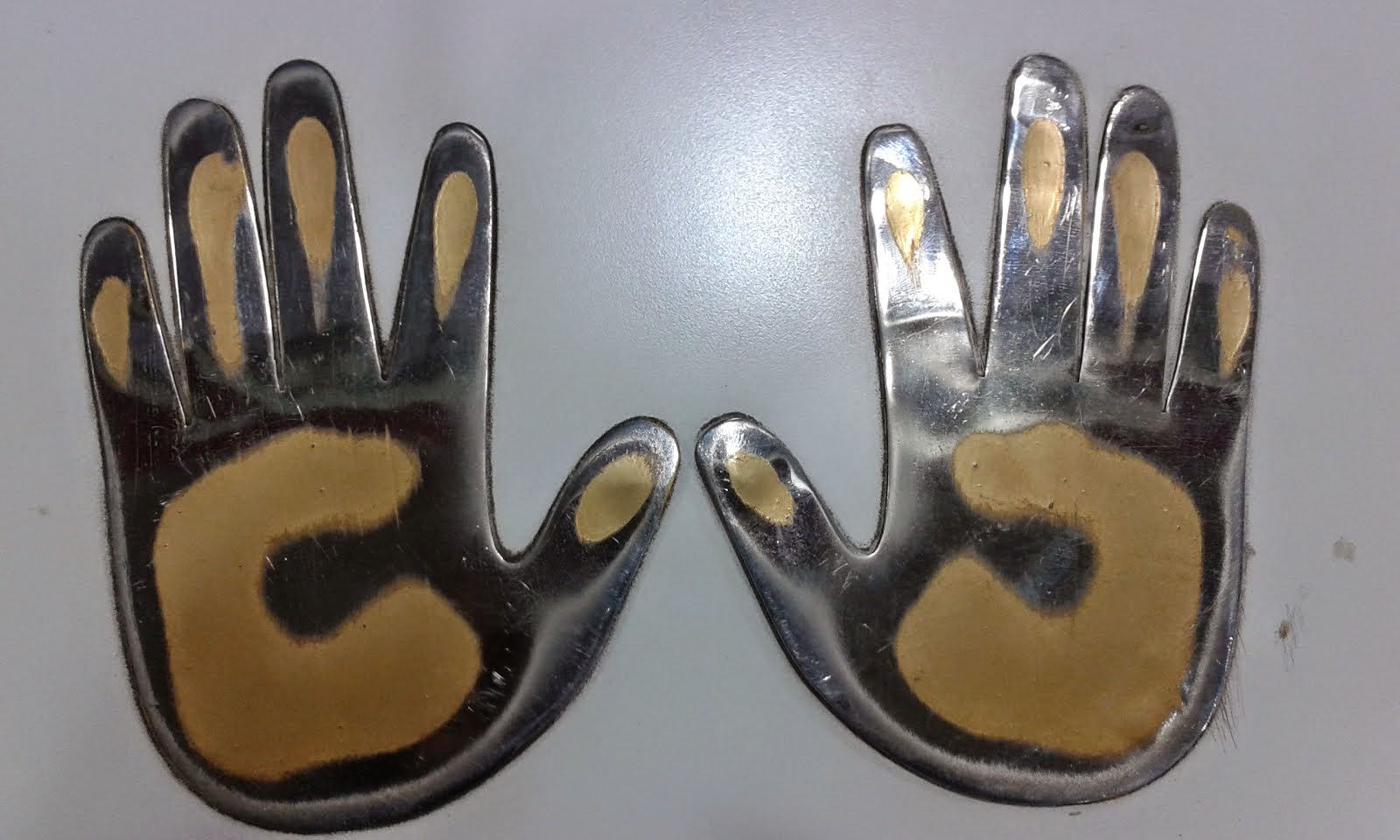
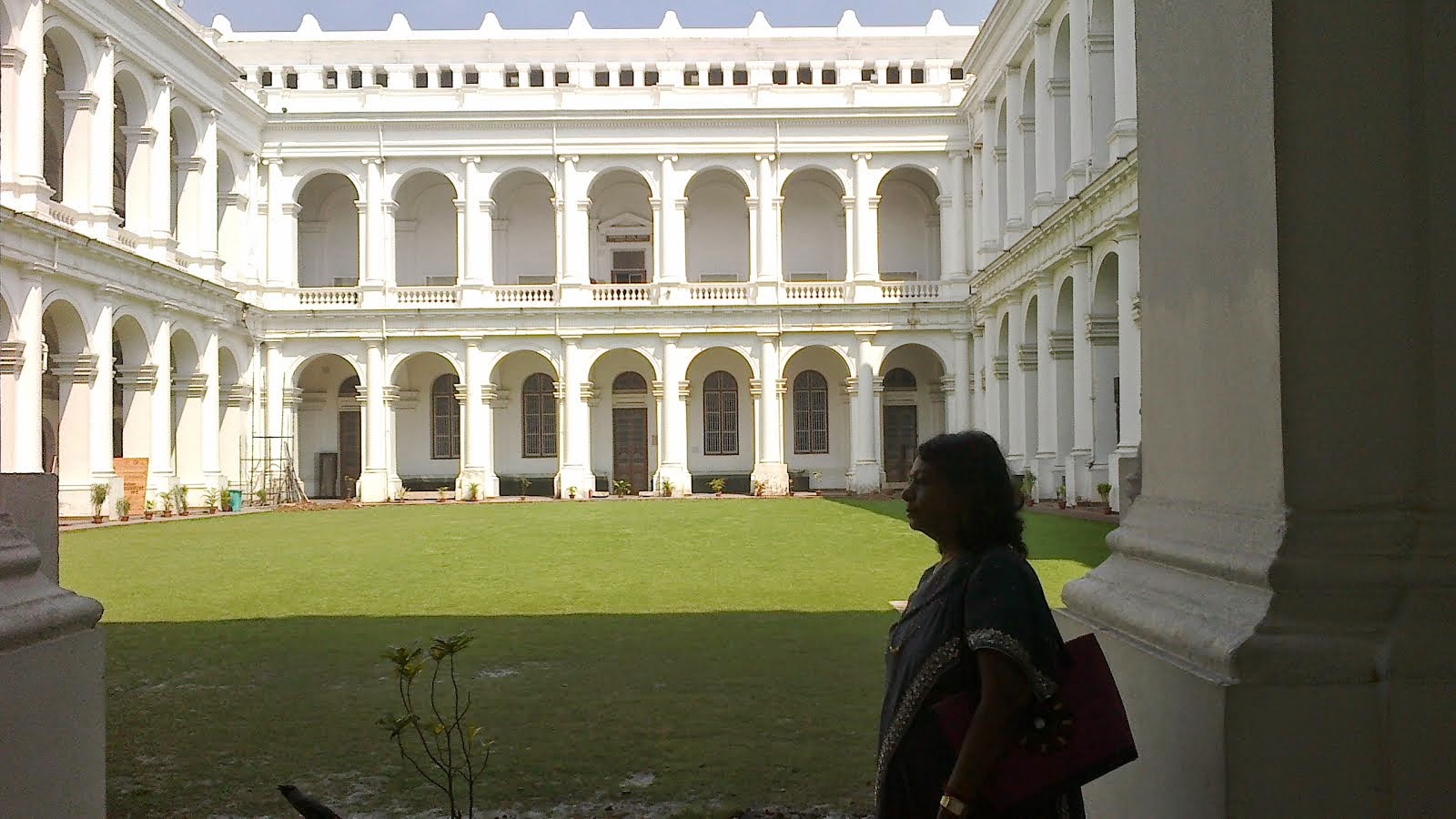

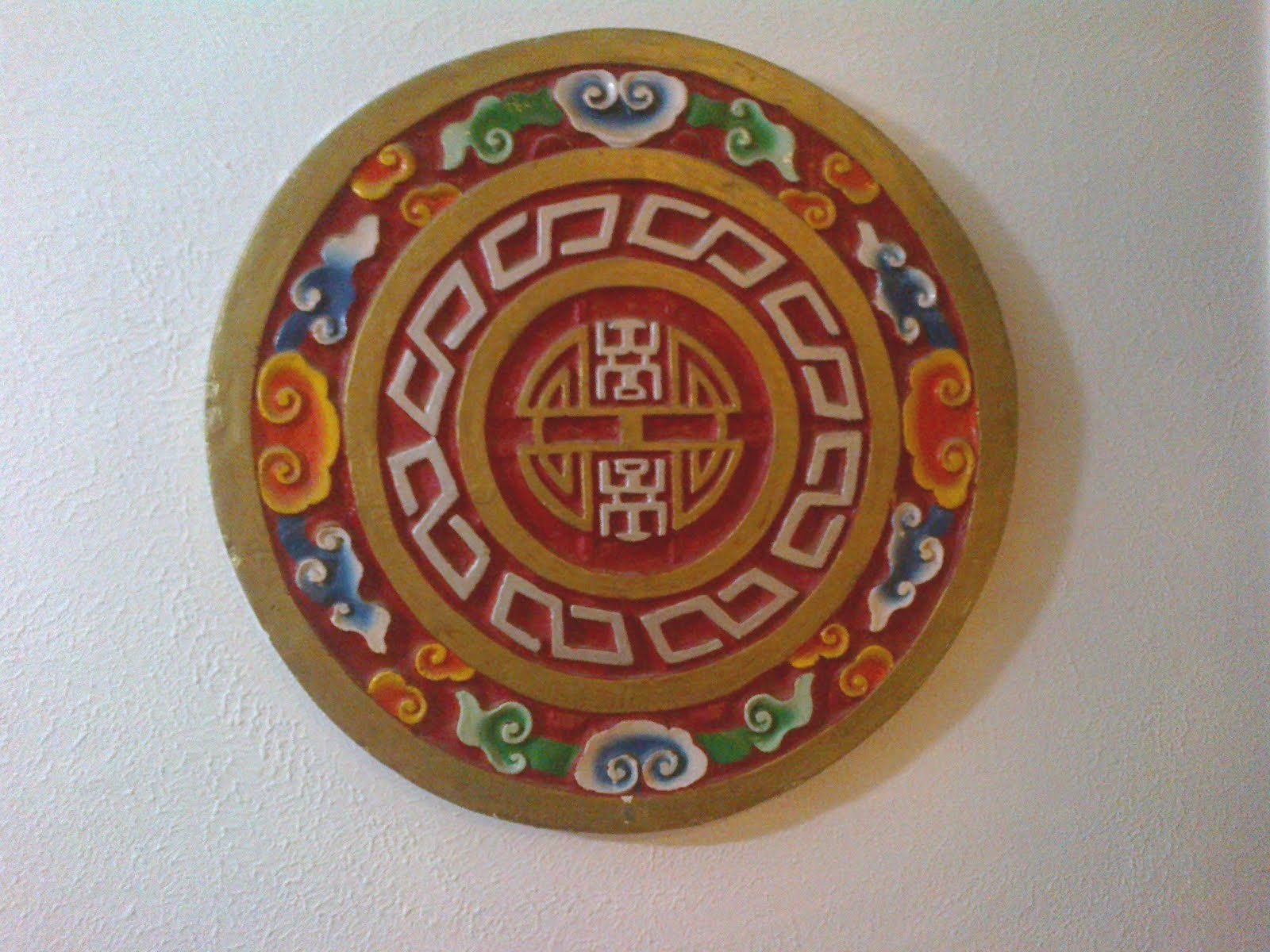




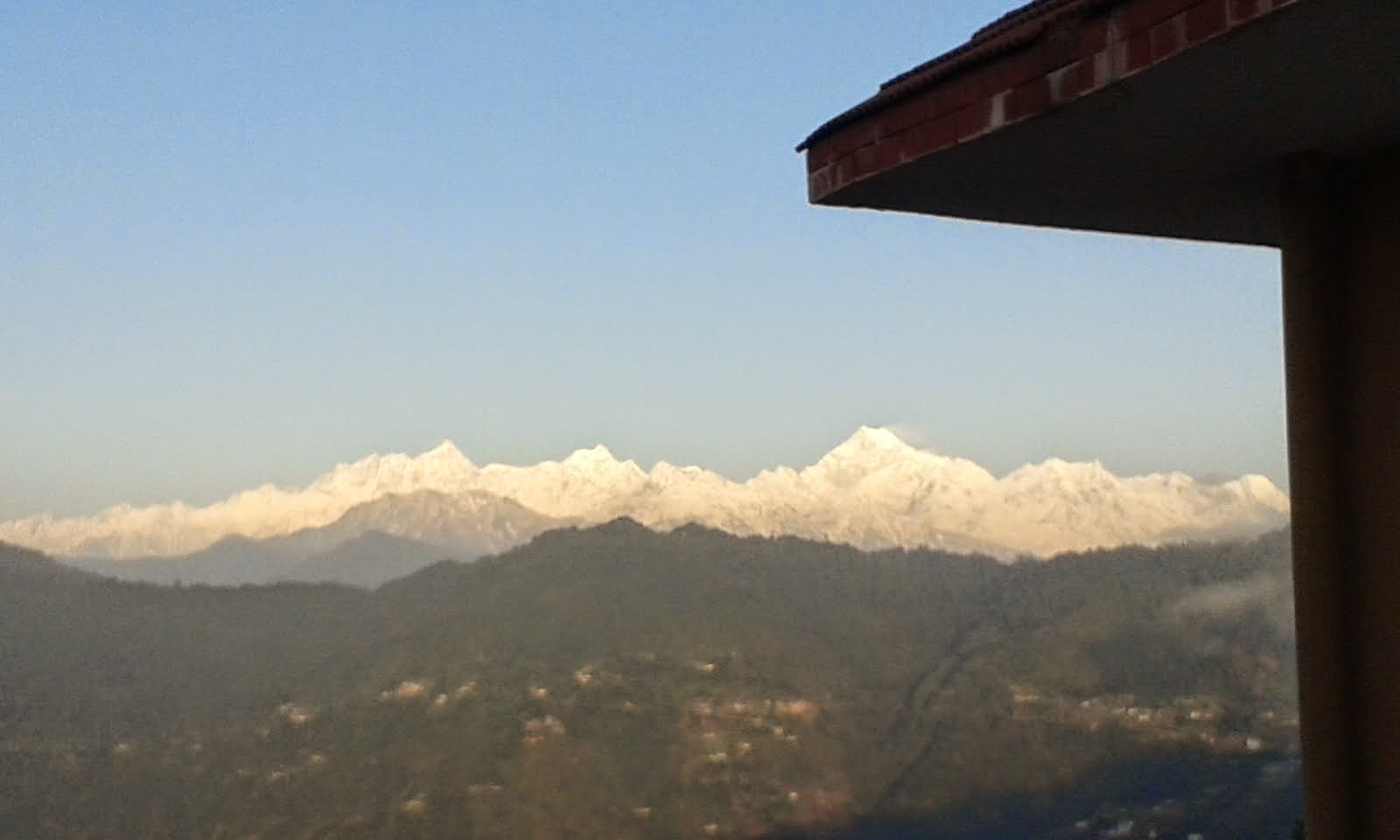

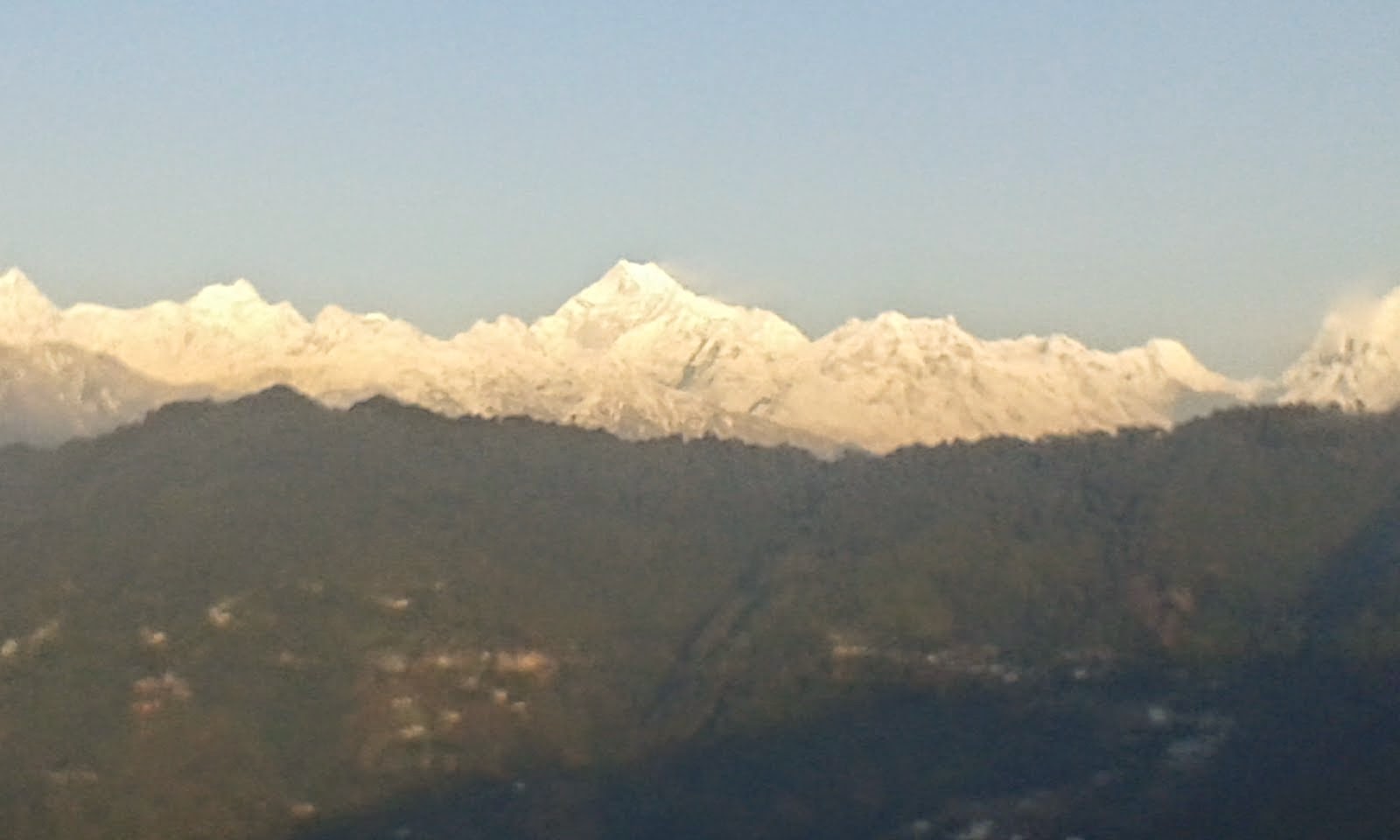
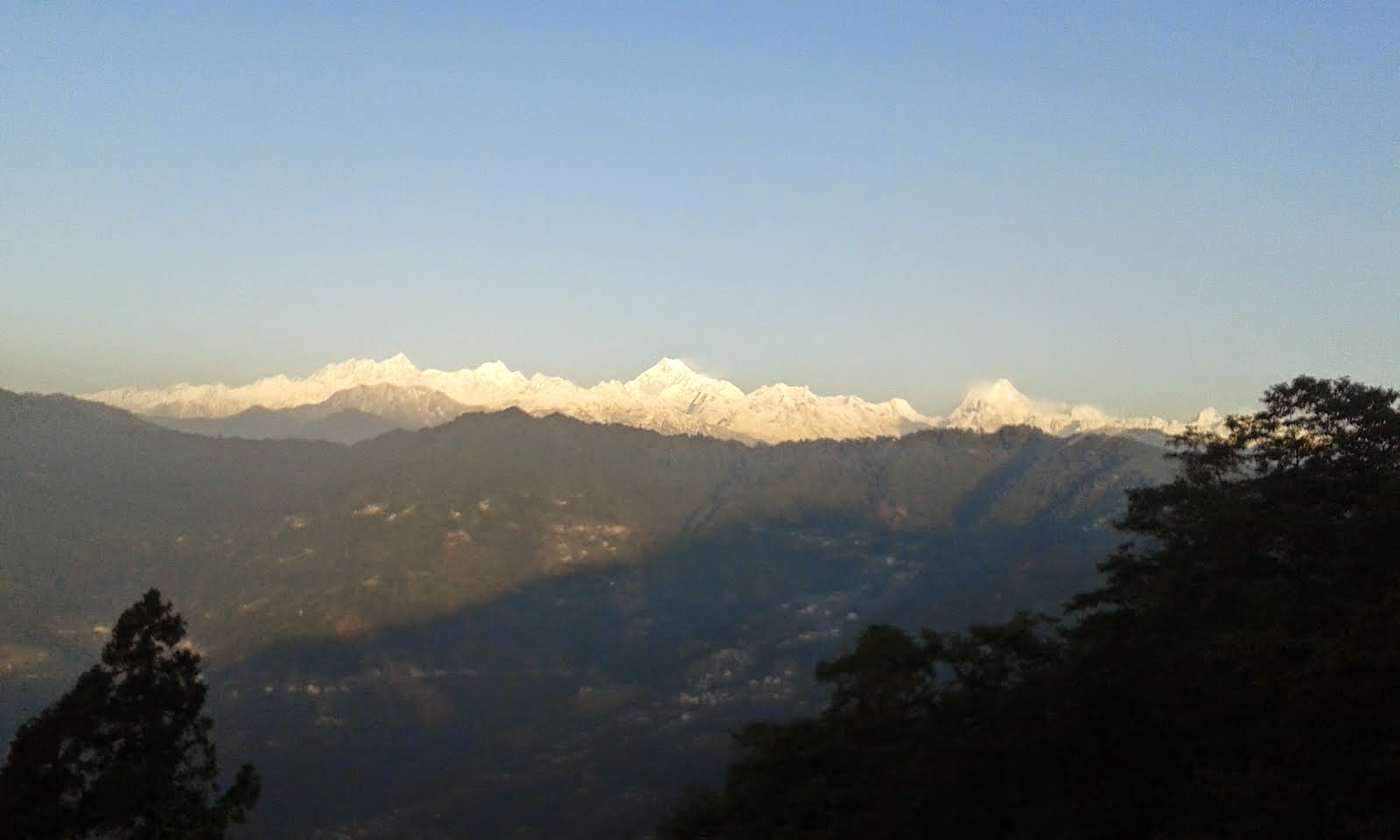
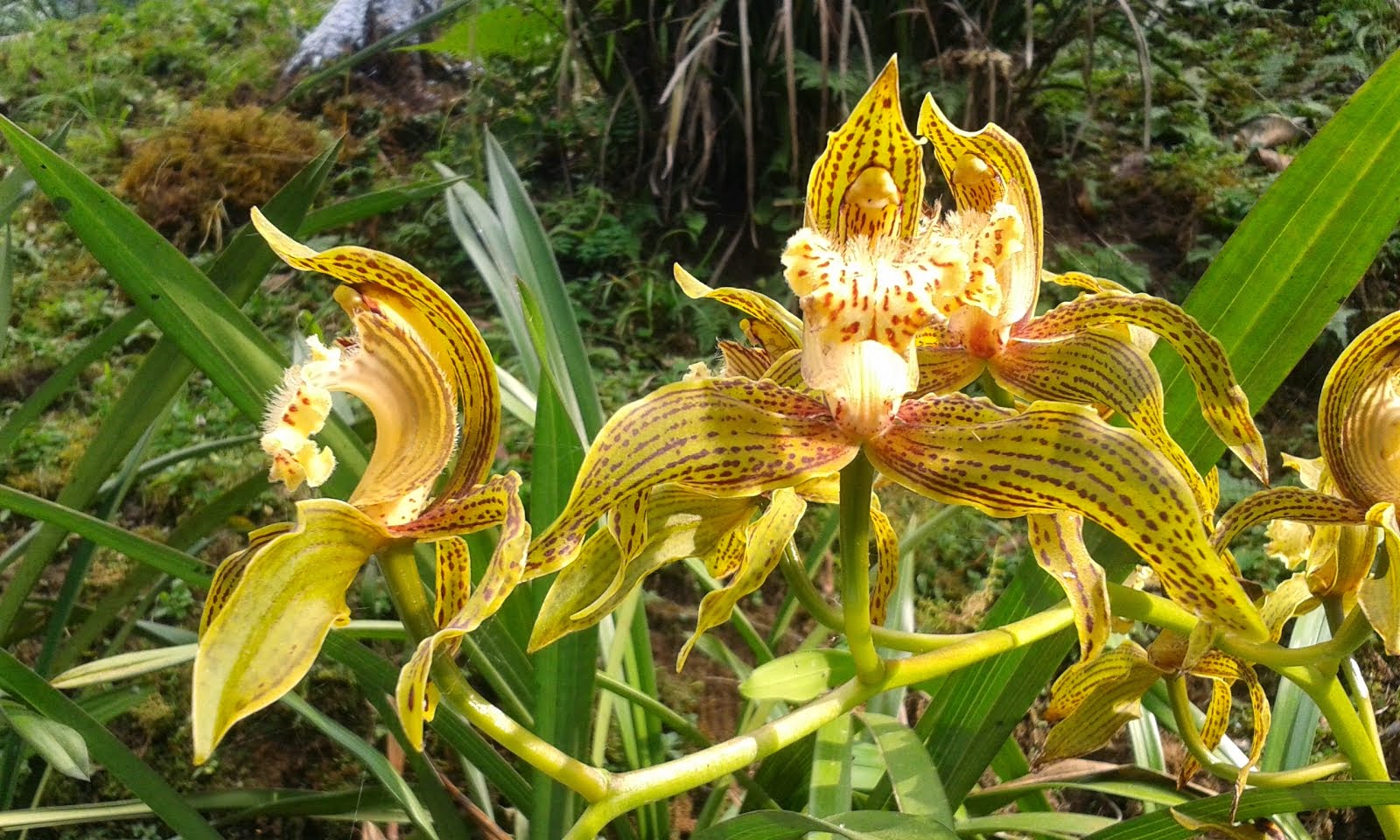
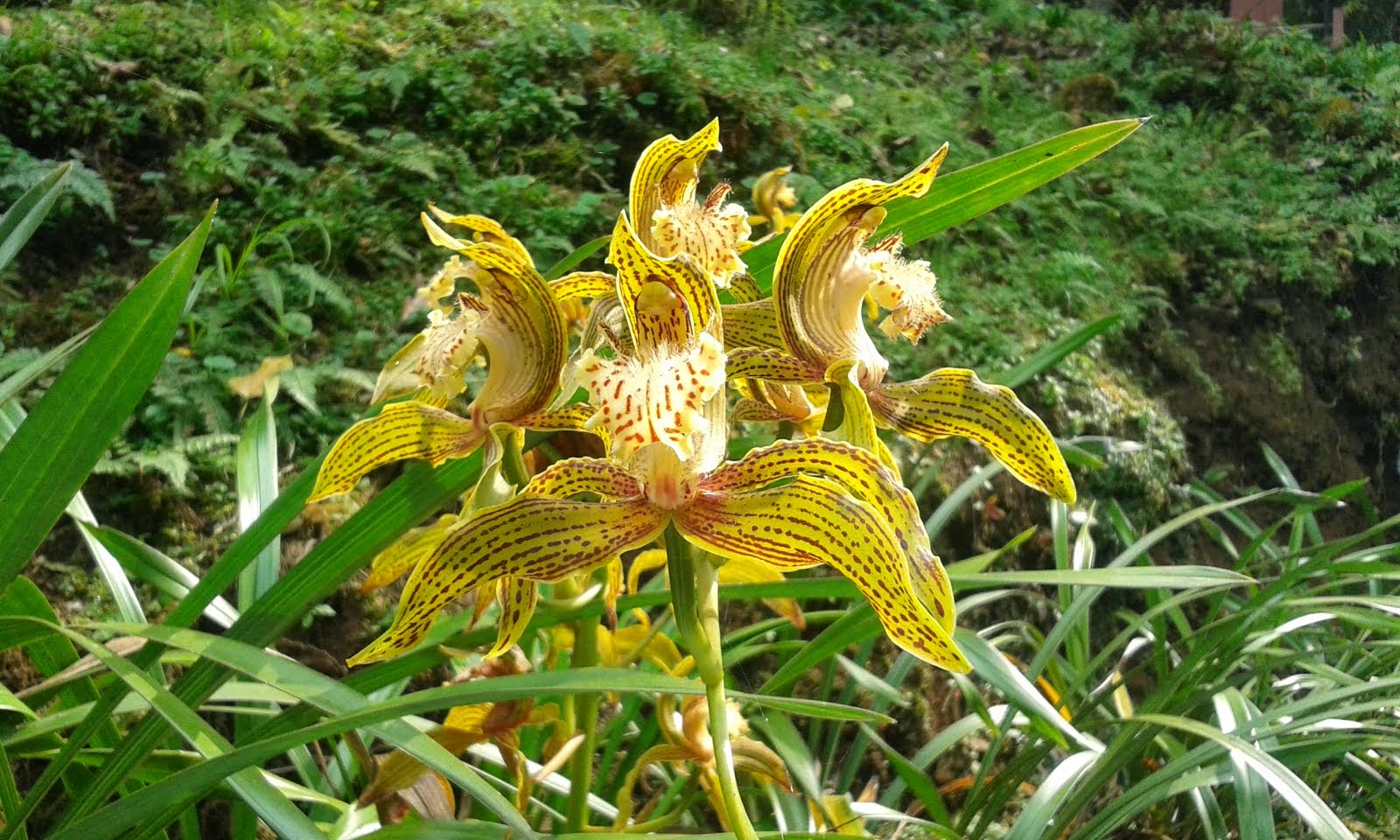

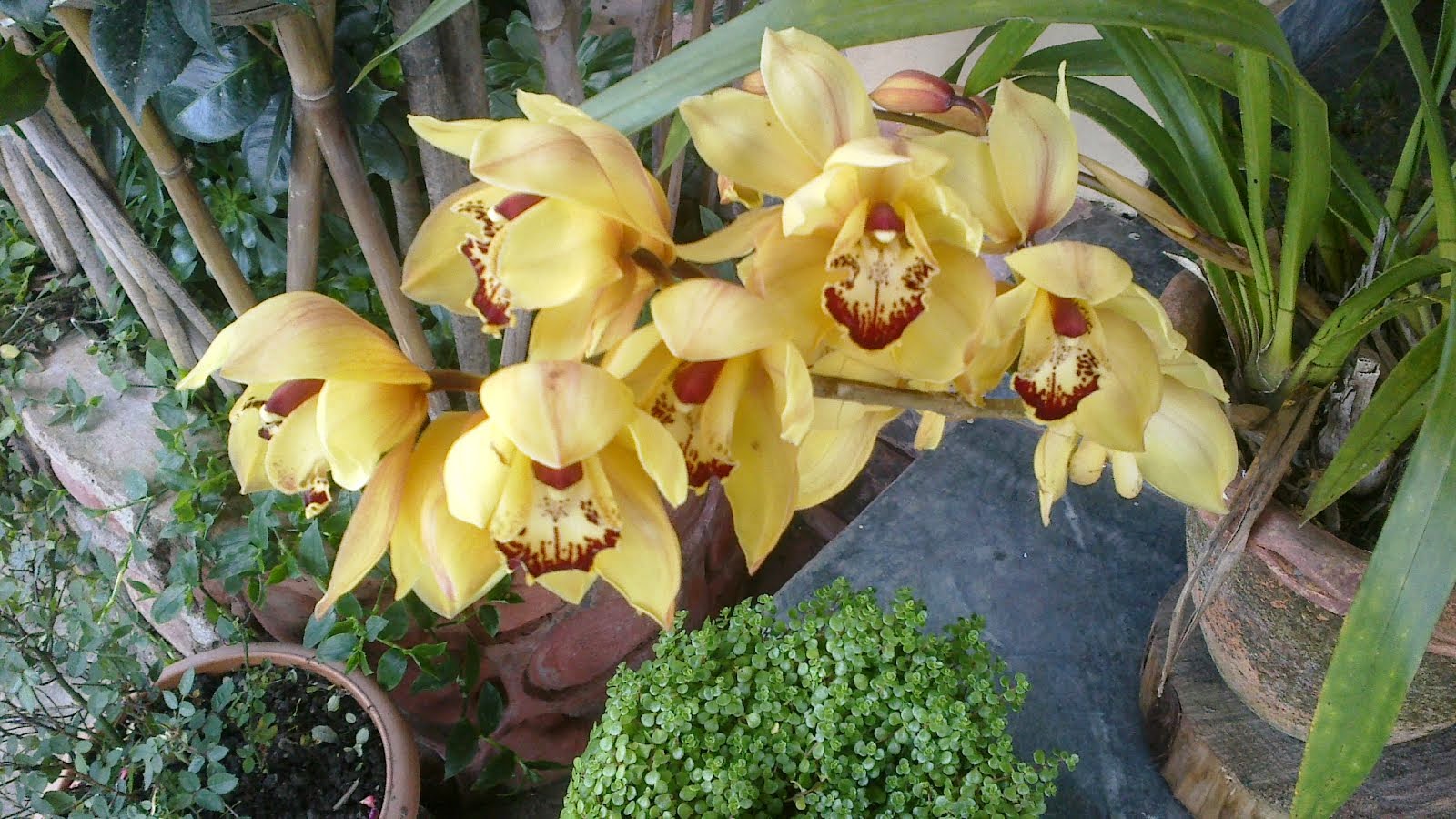

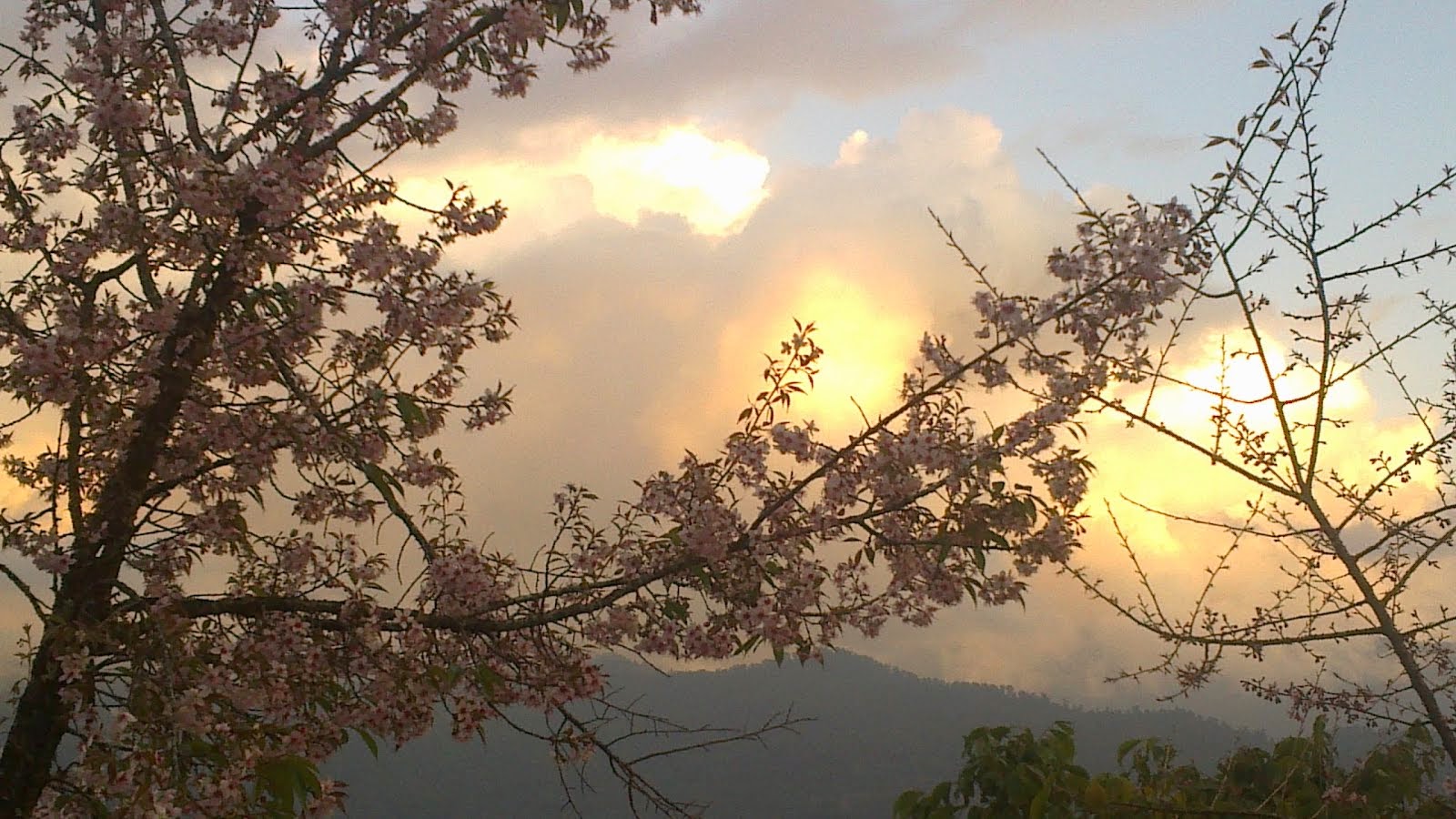
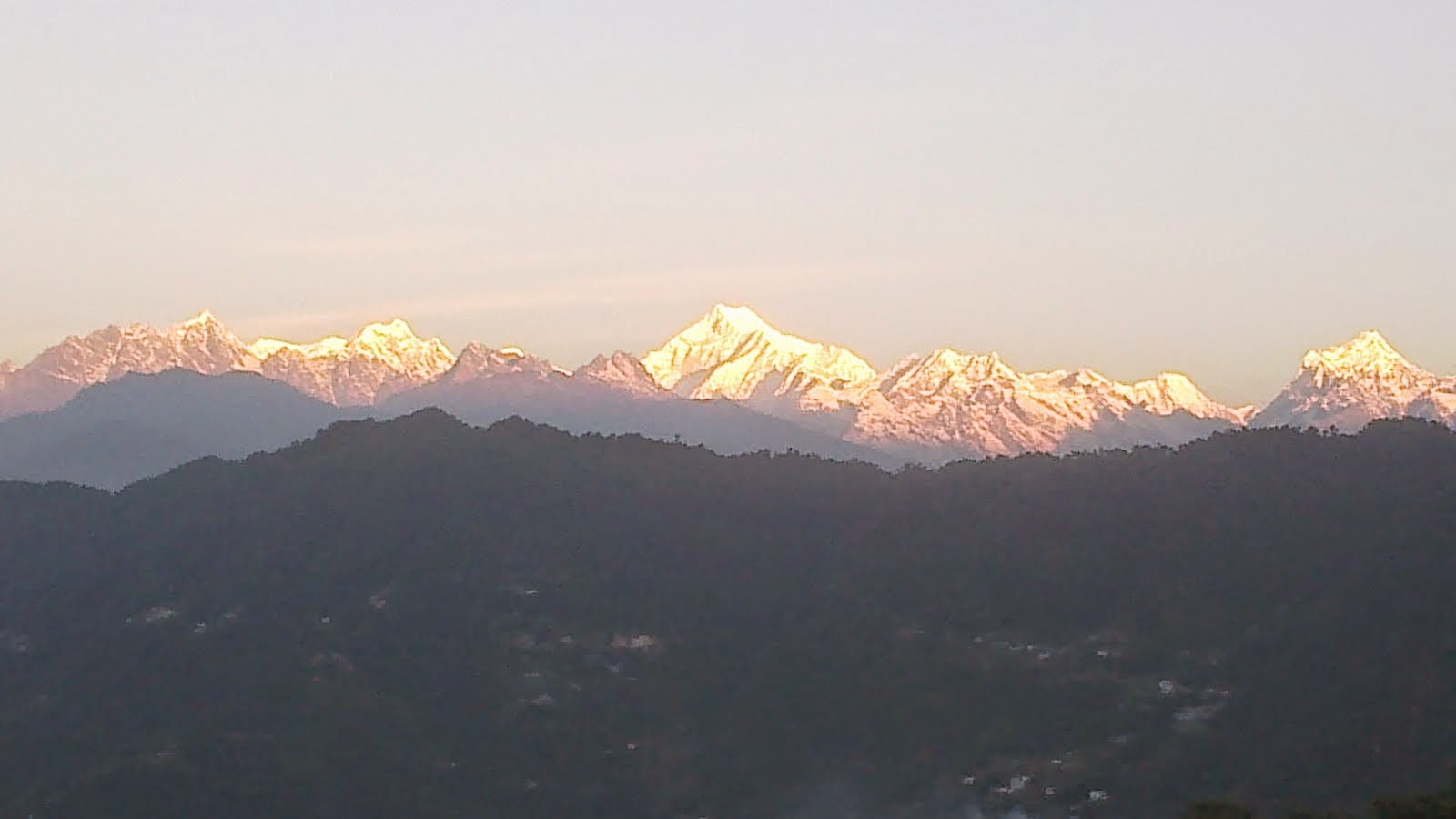
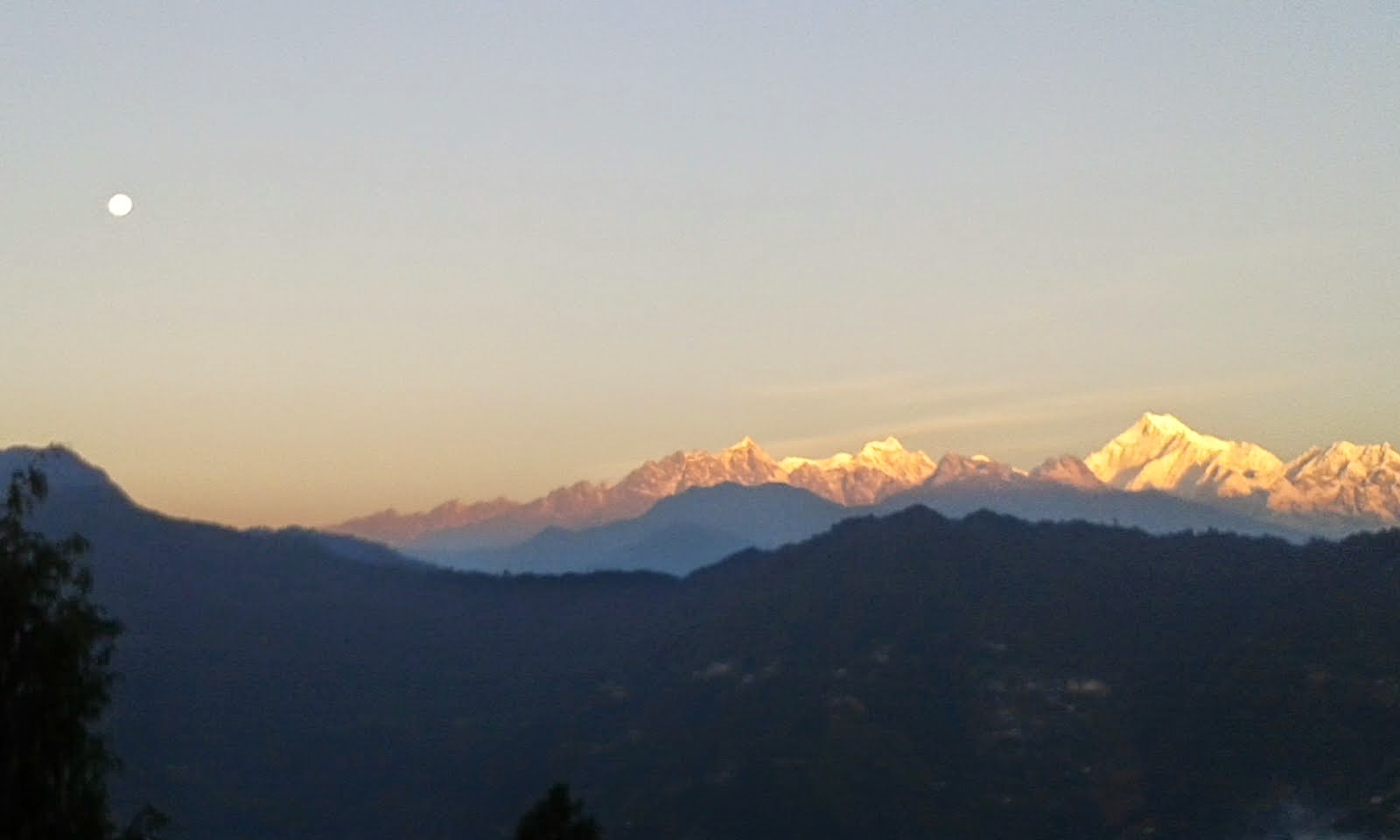
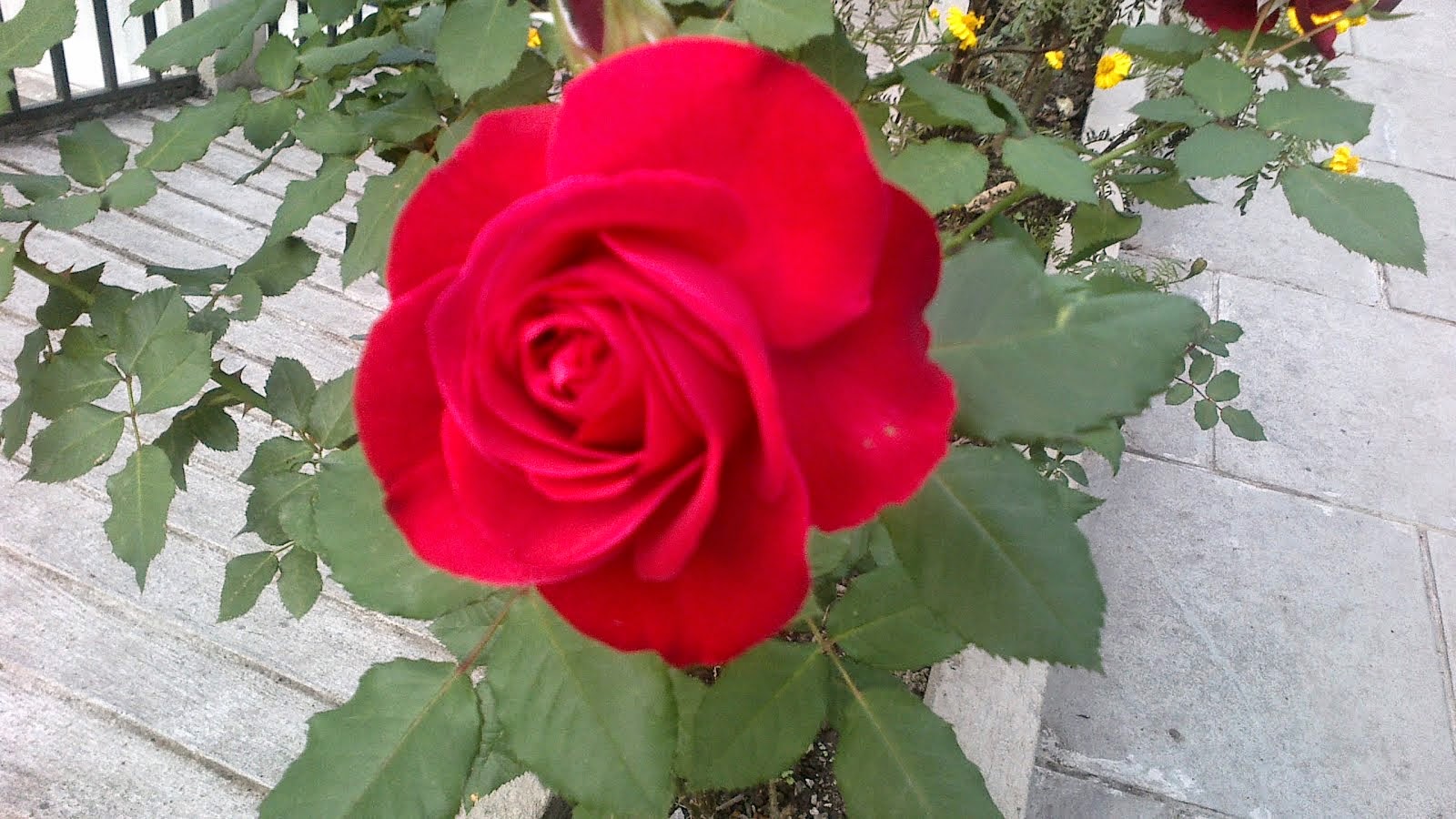

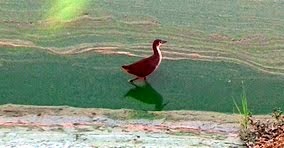
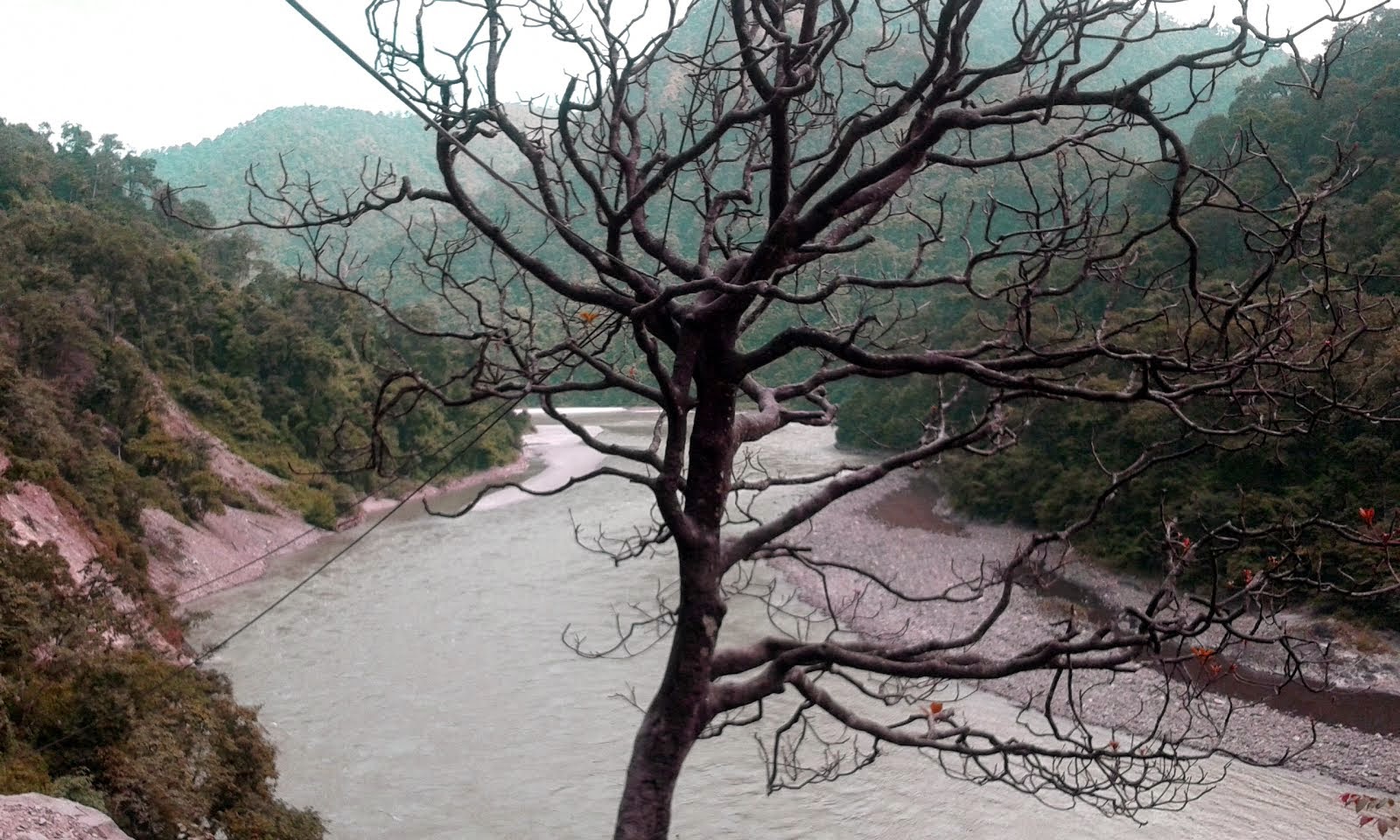

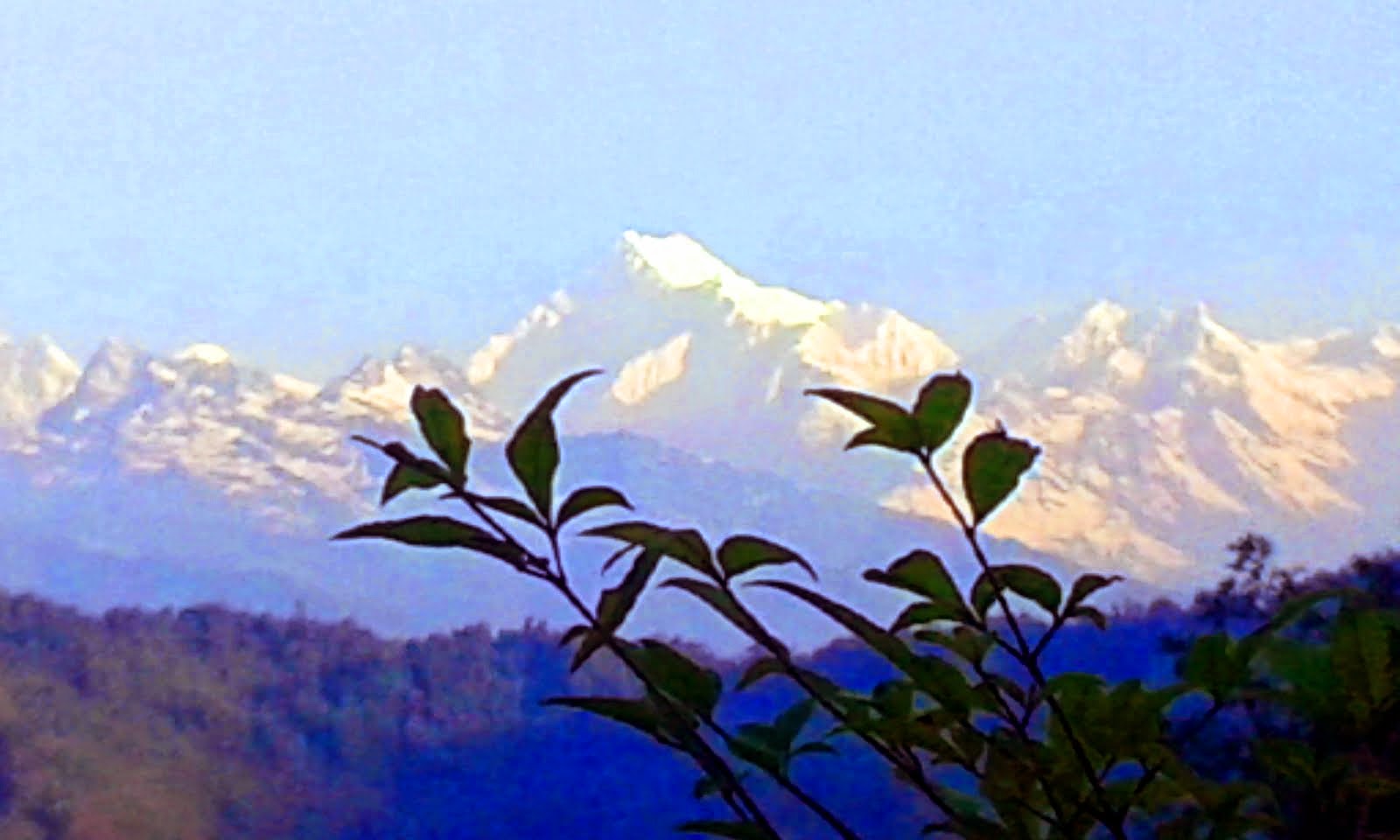
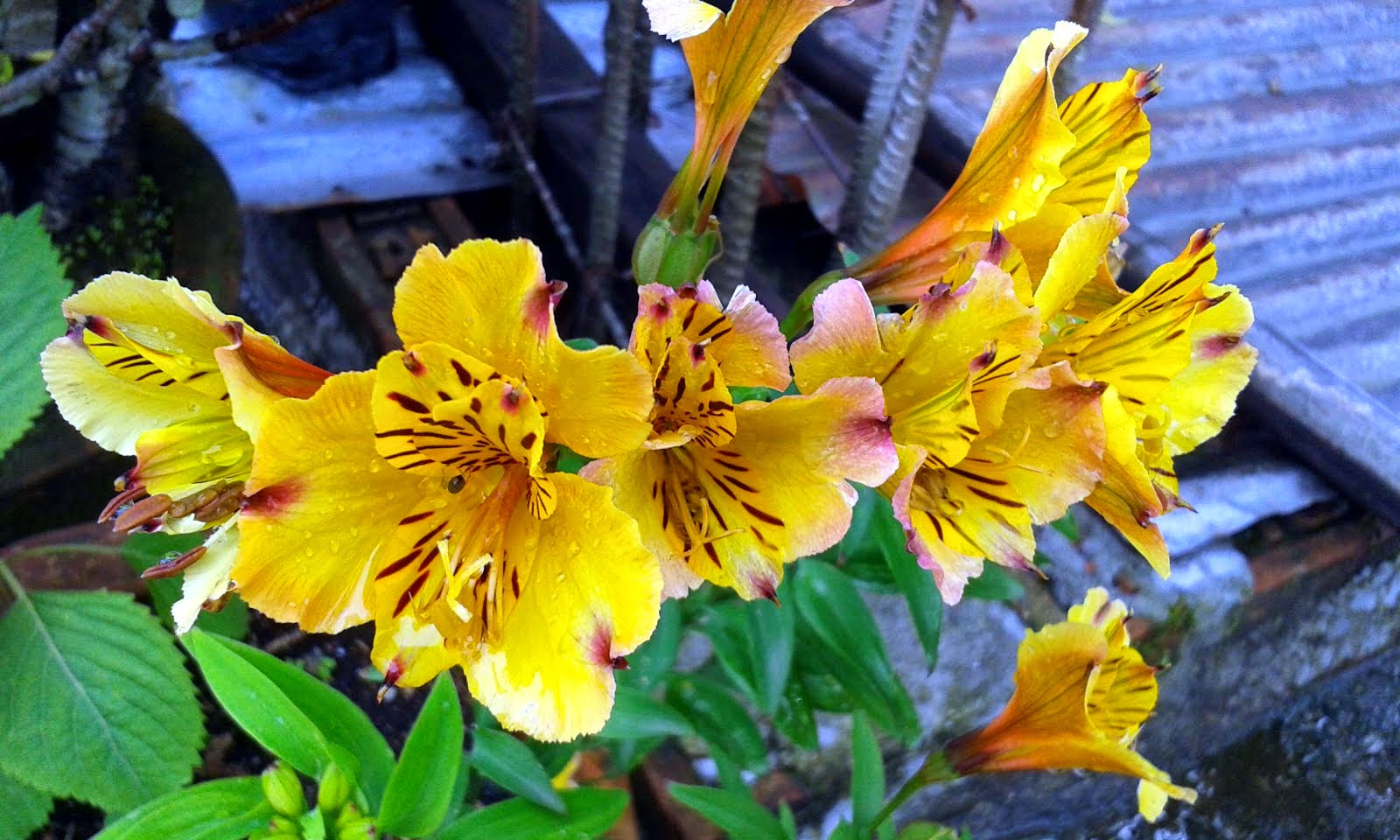
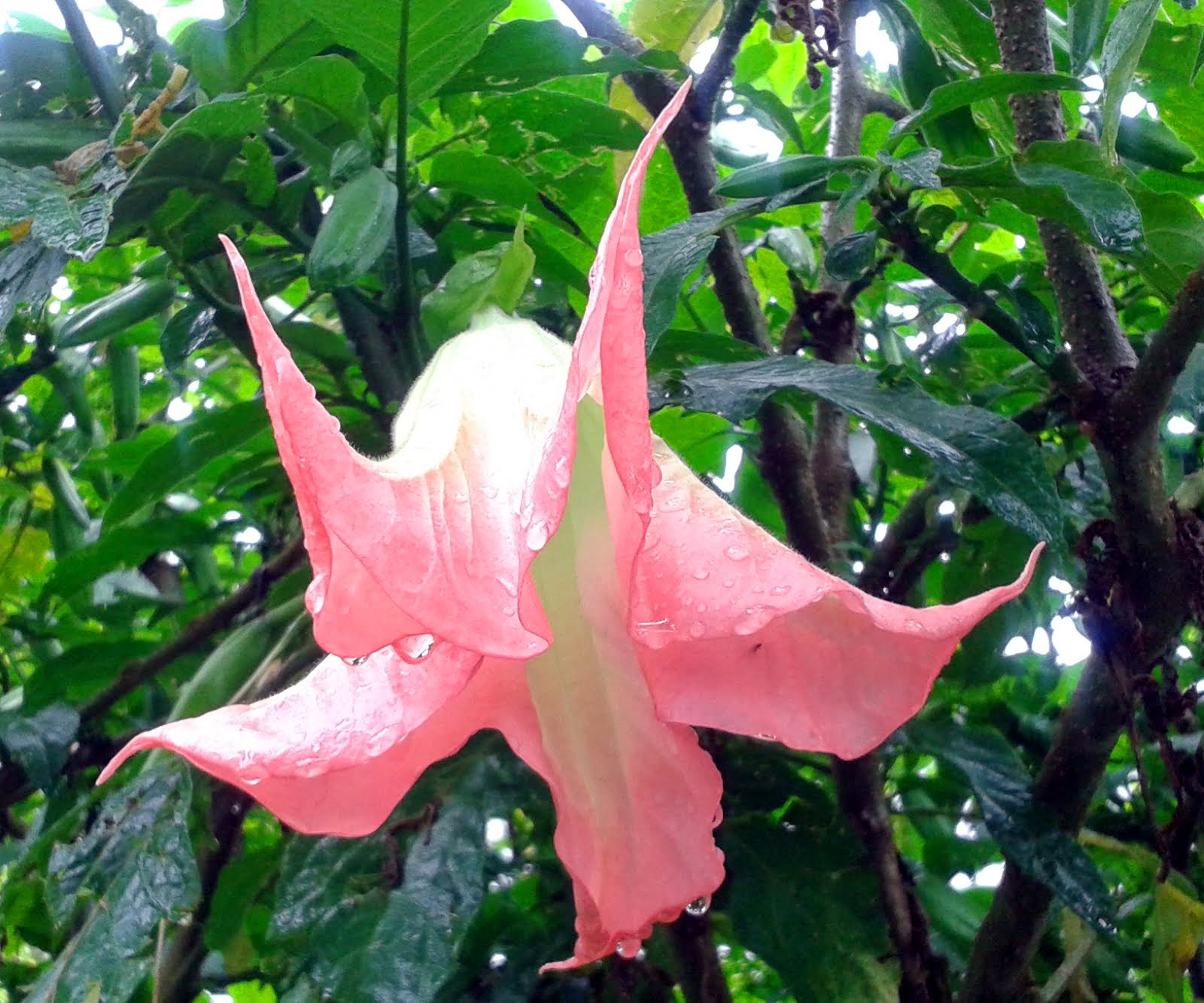
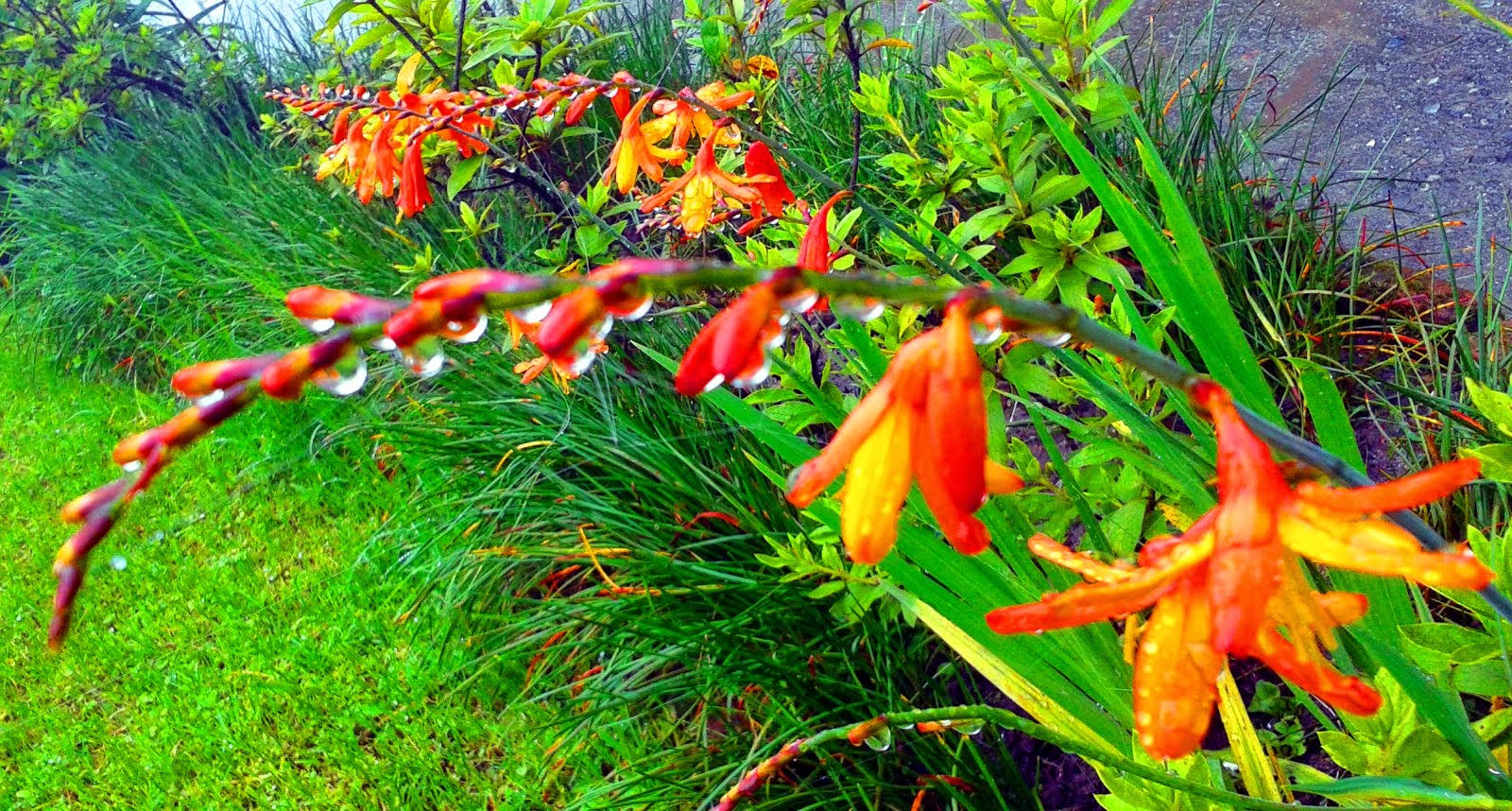



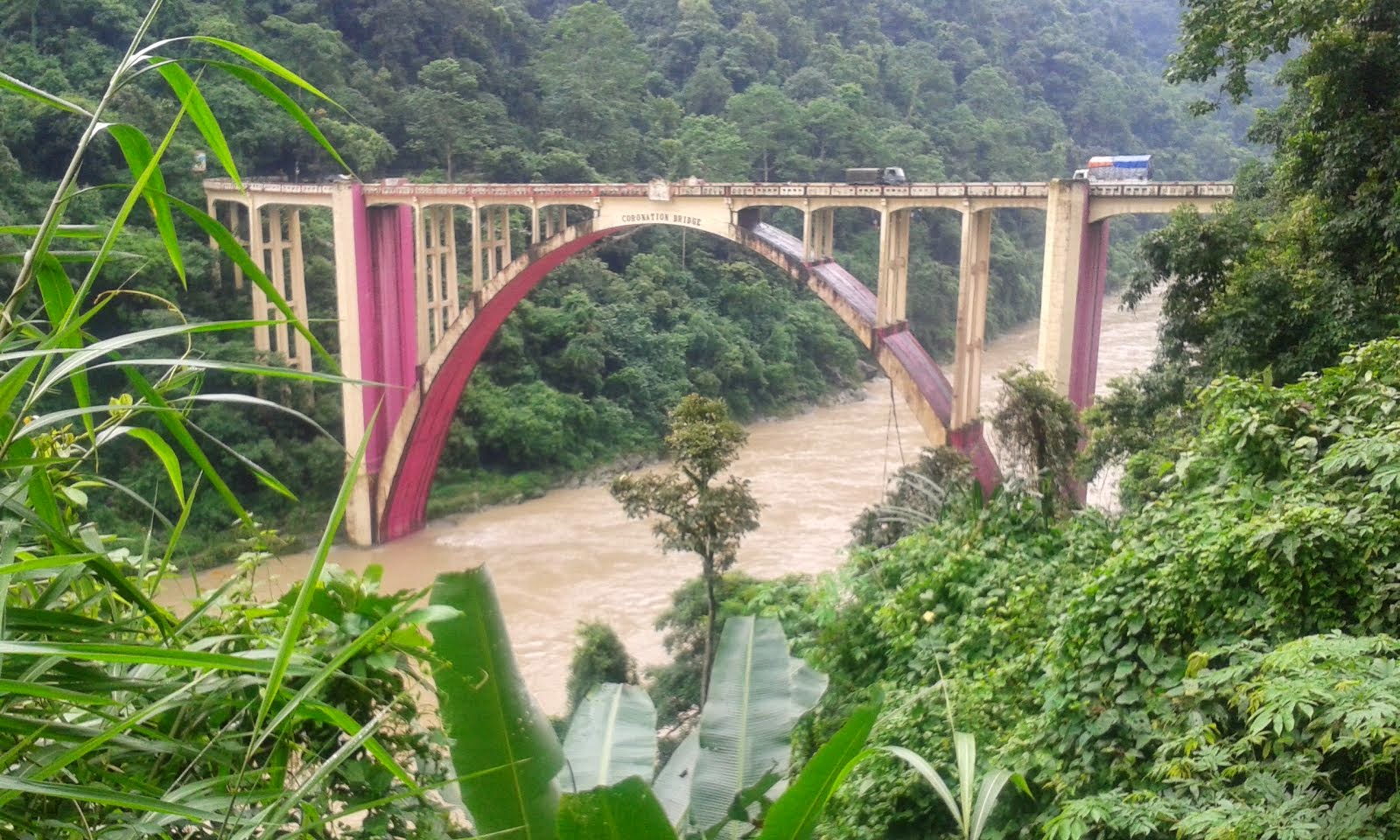
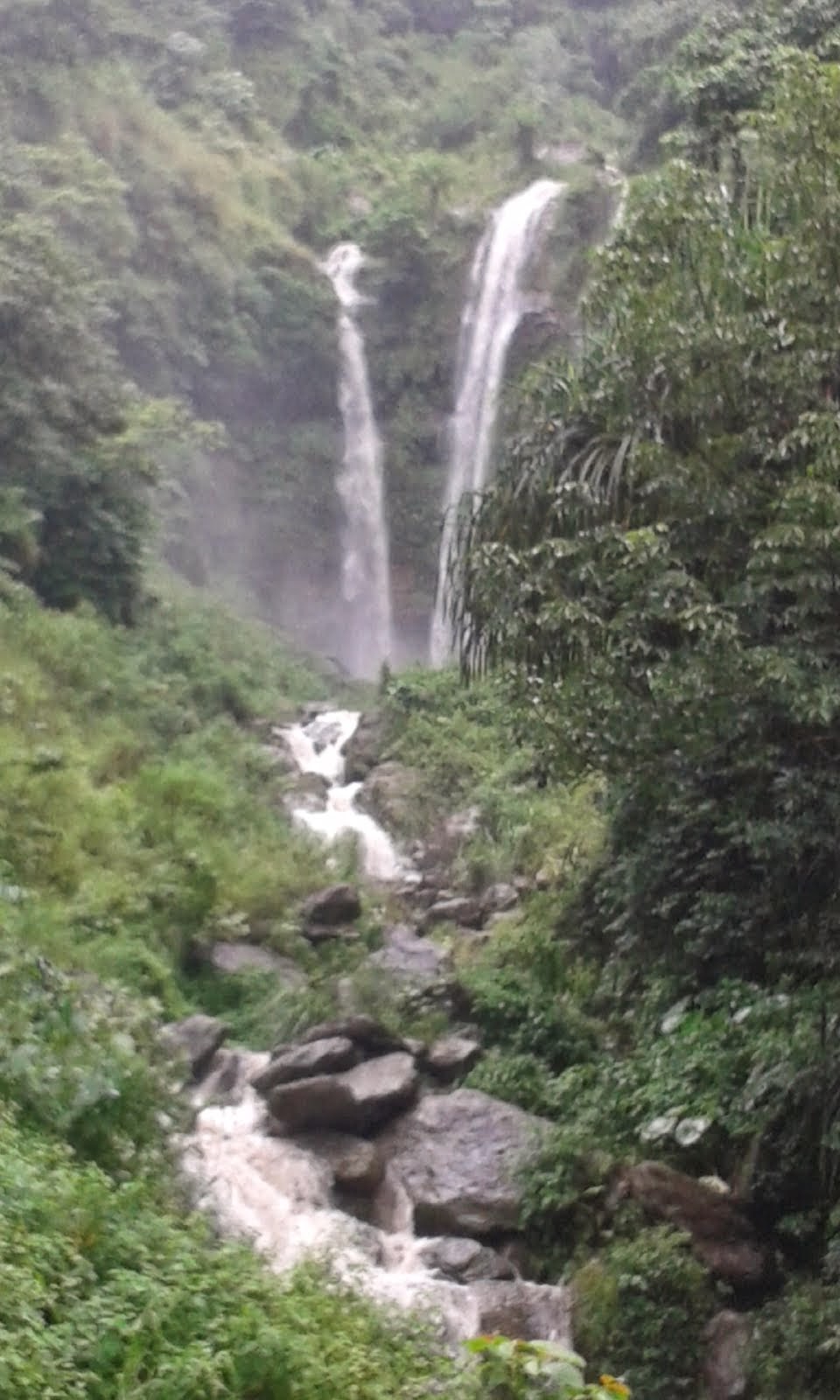
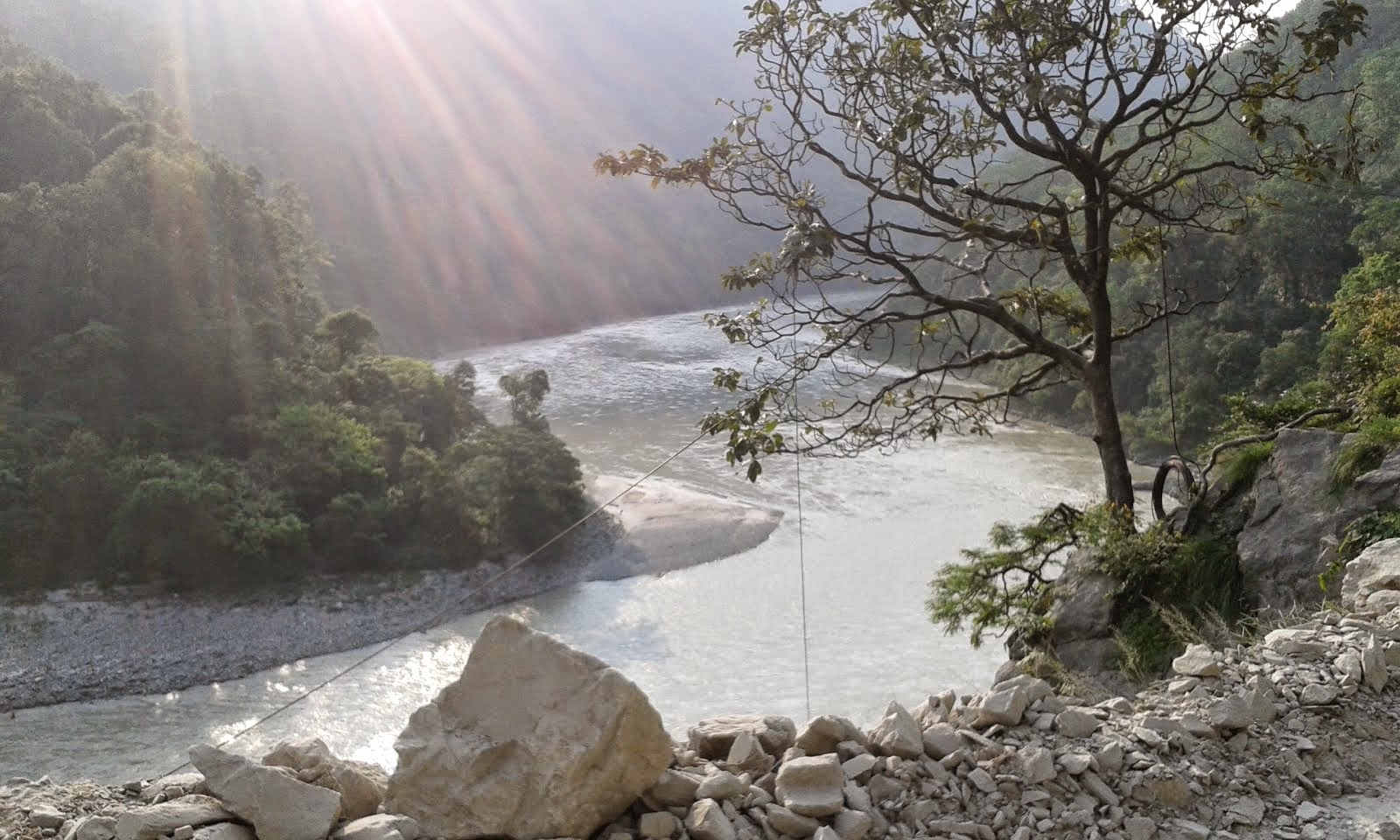
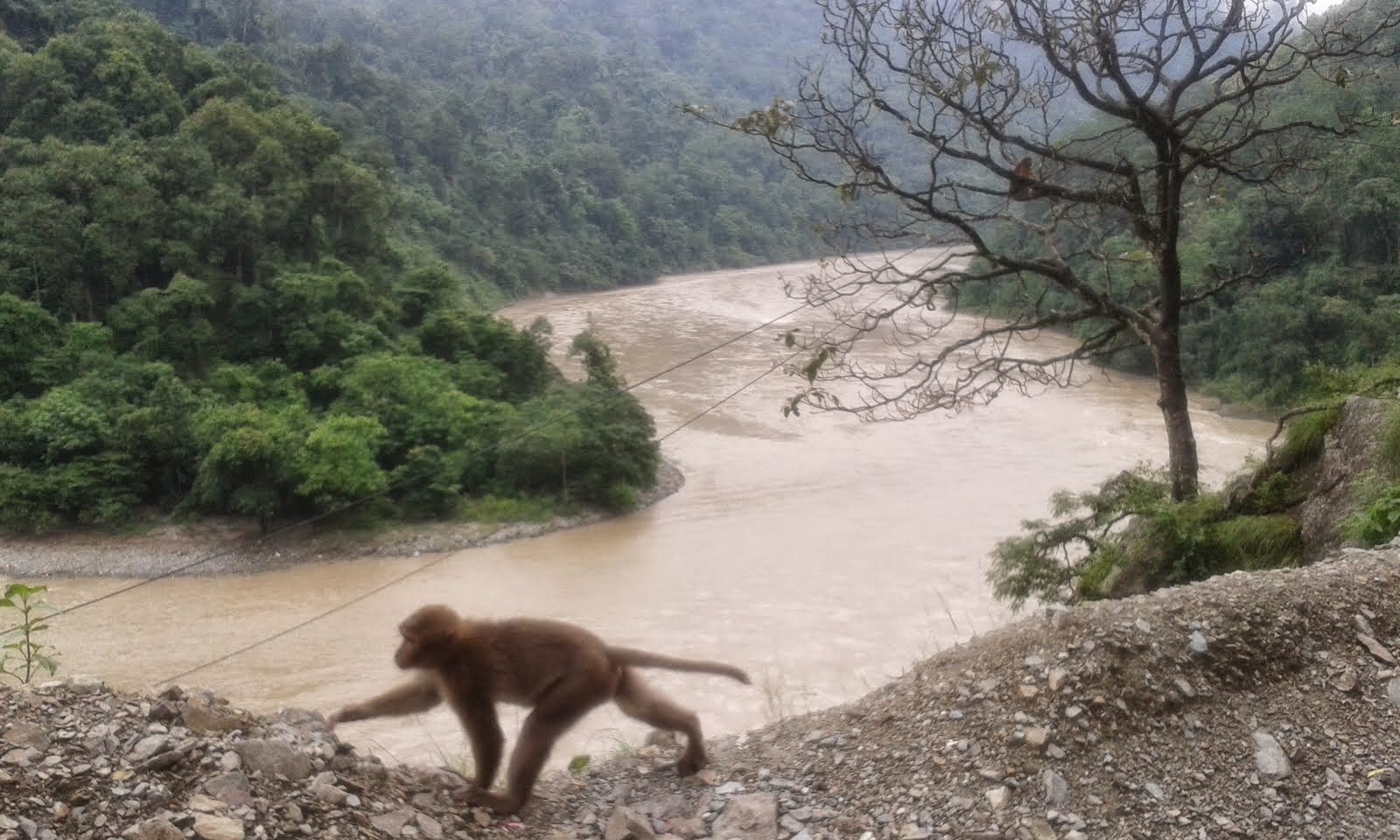







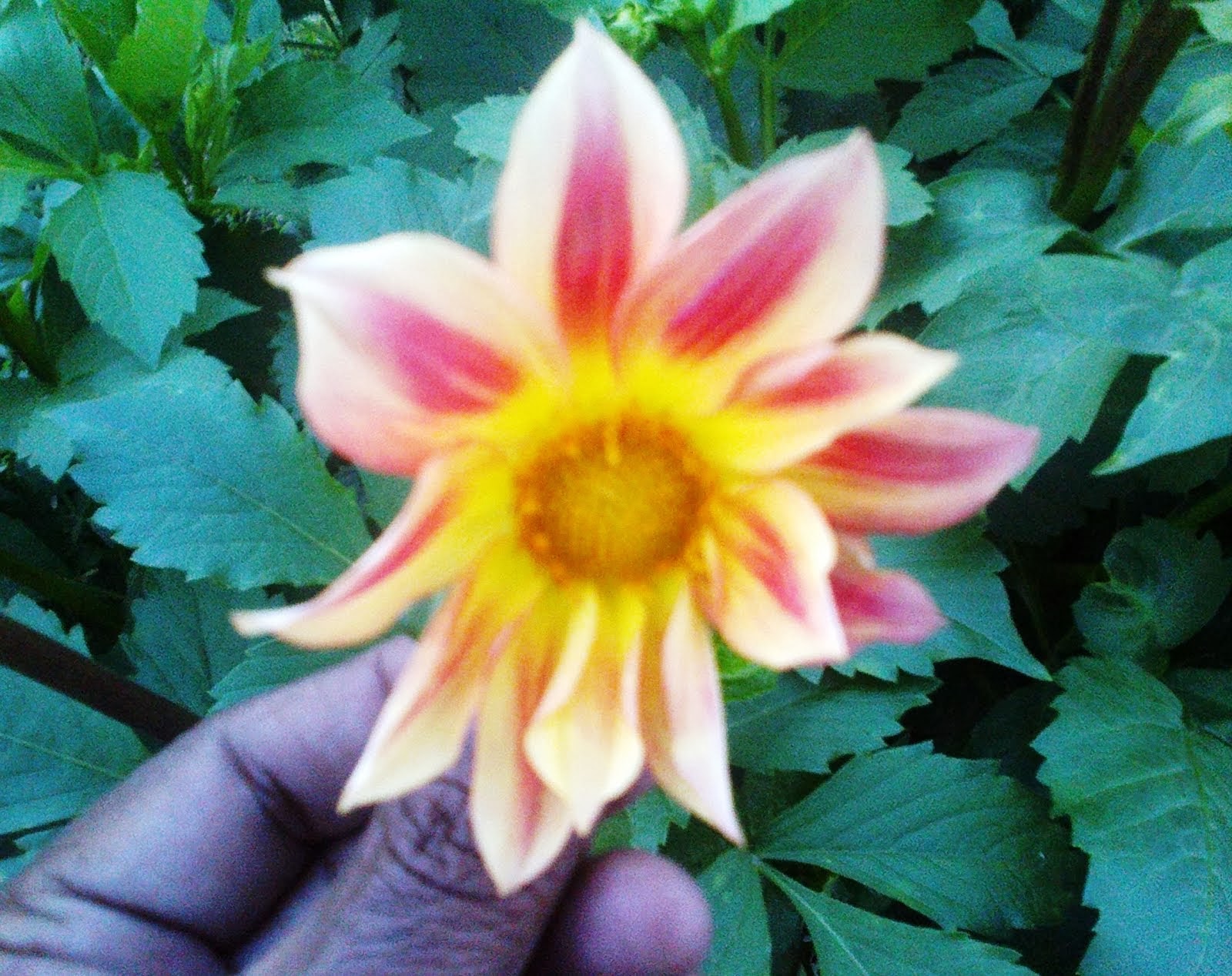
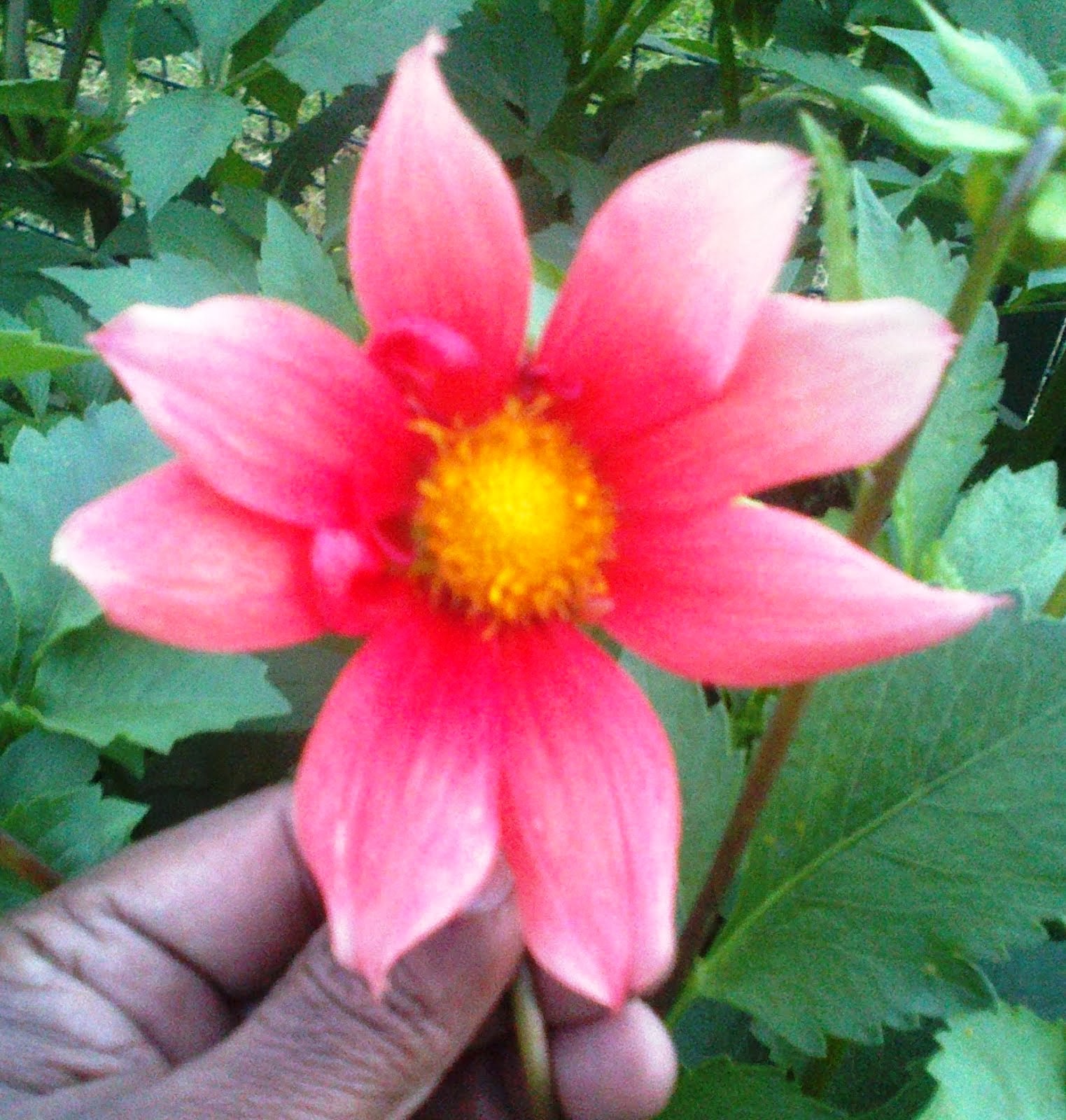

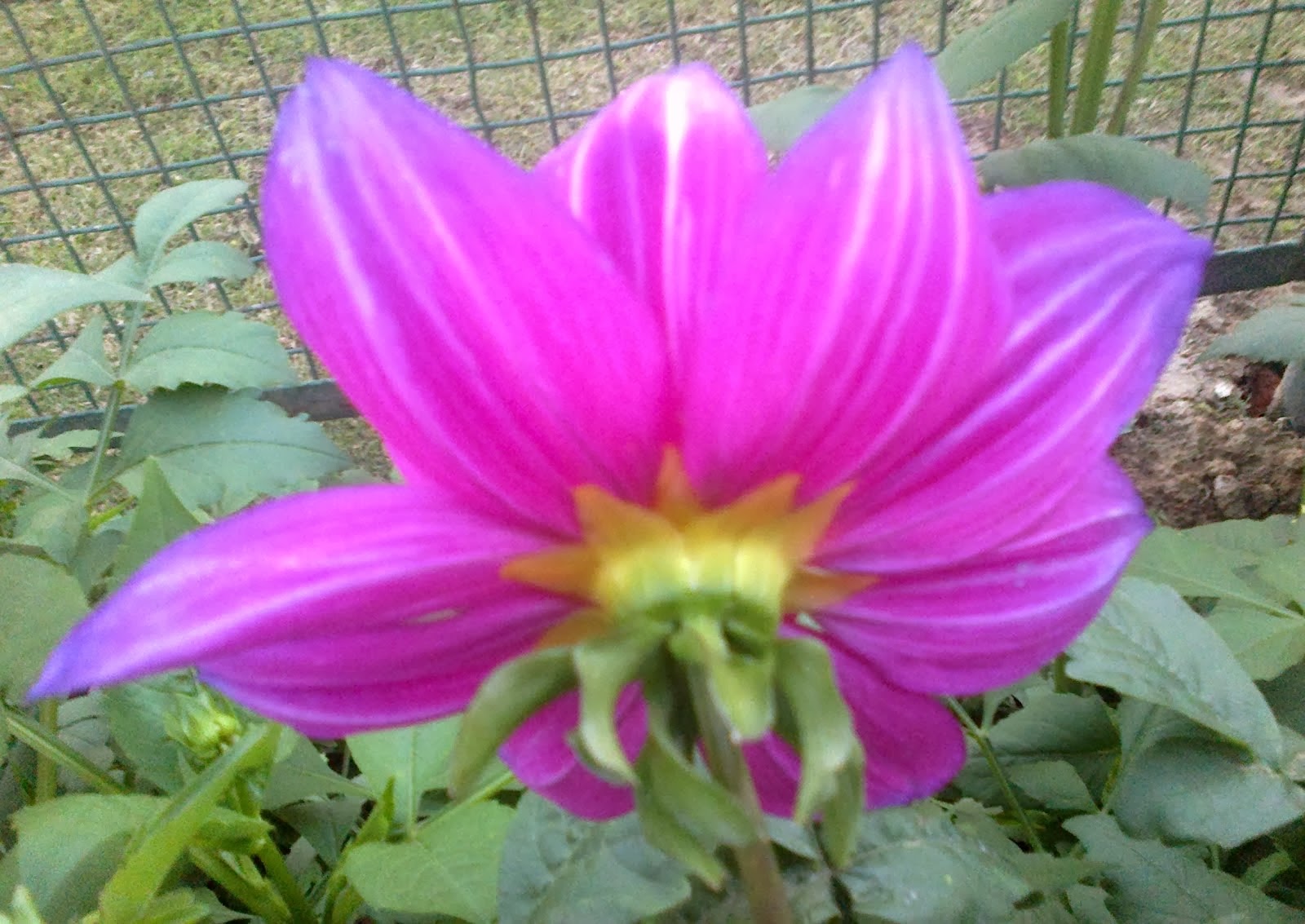

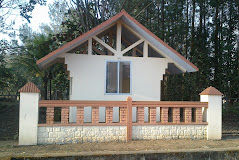















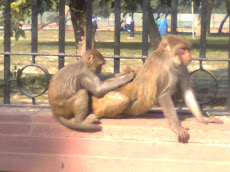
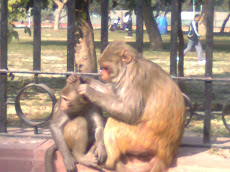

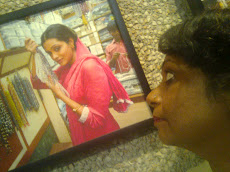
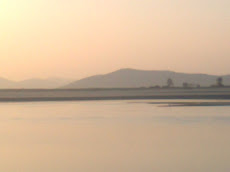
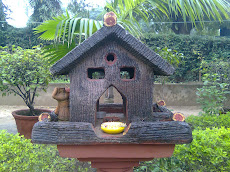

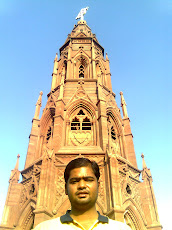
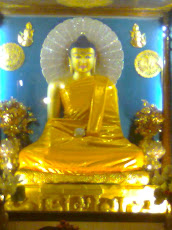
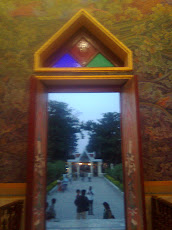
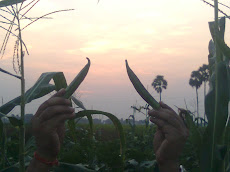
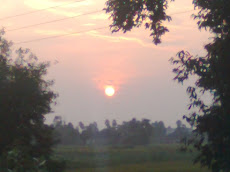
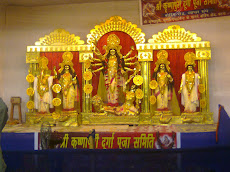
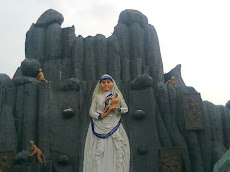
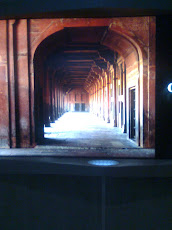


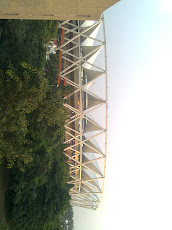

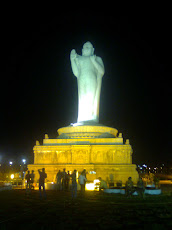
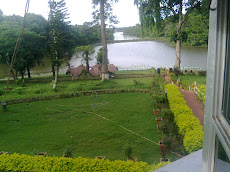
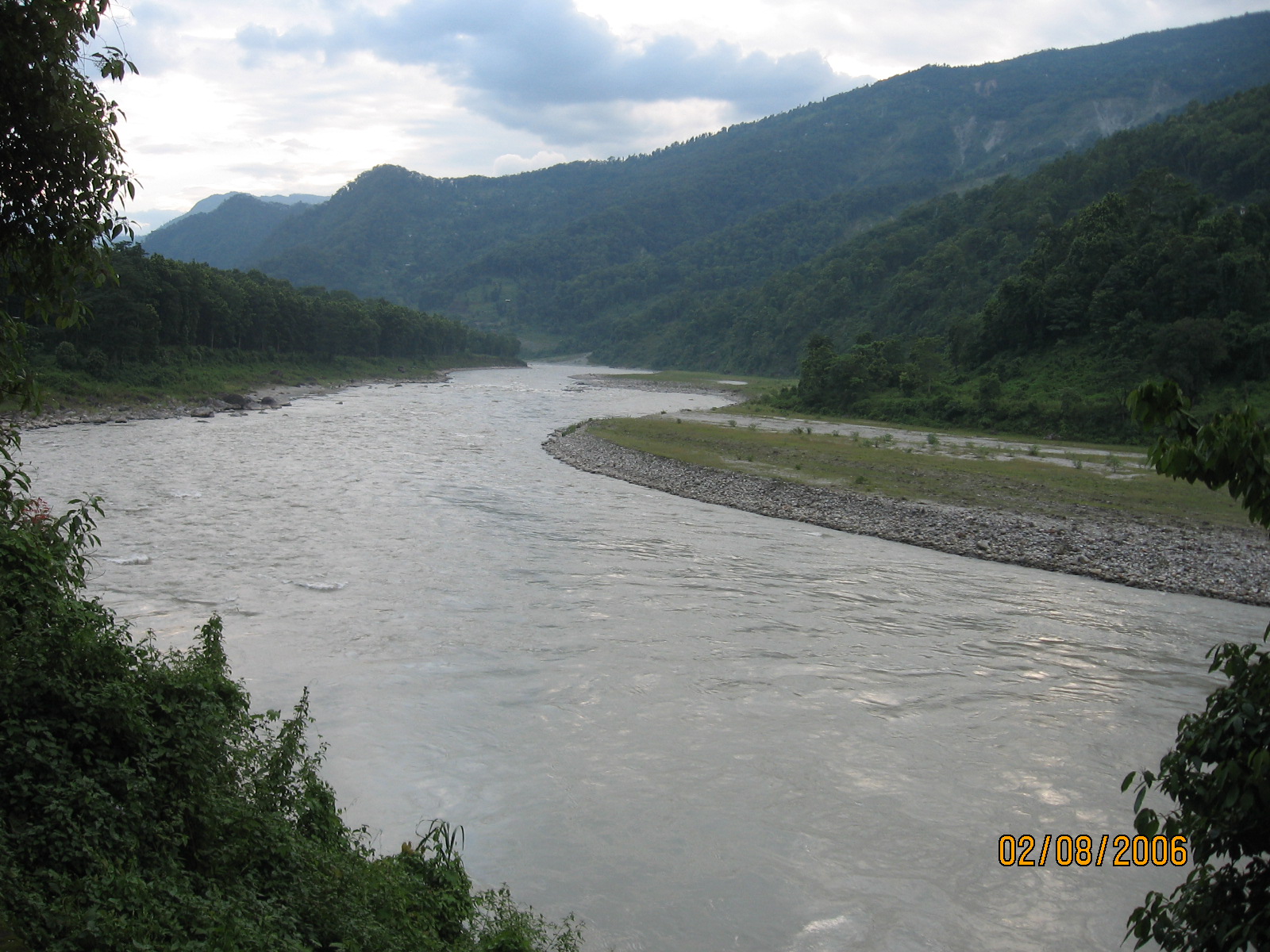


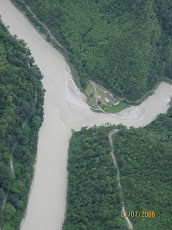

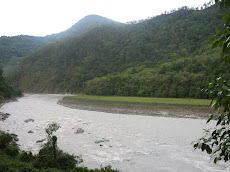


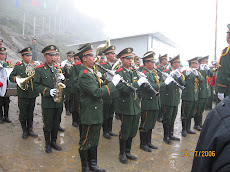


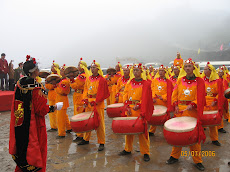
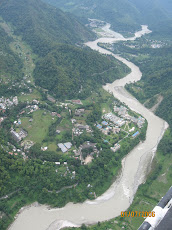
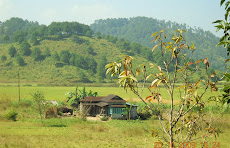
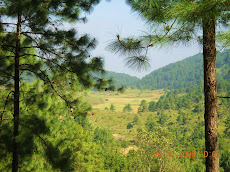
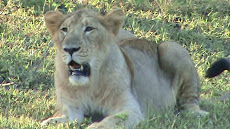.jpg)


